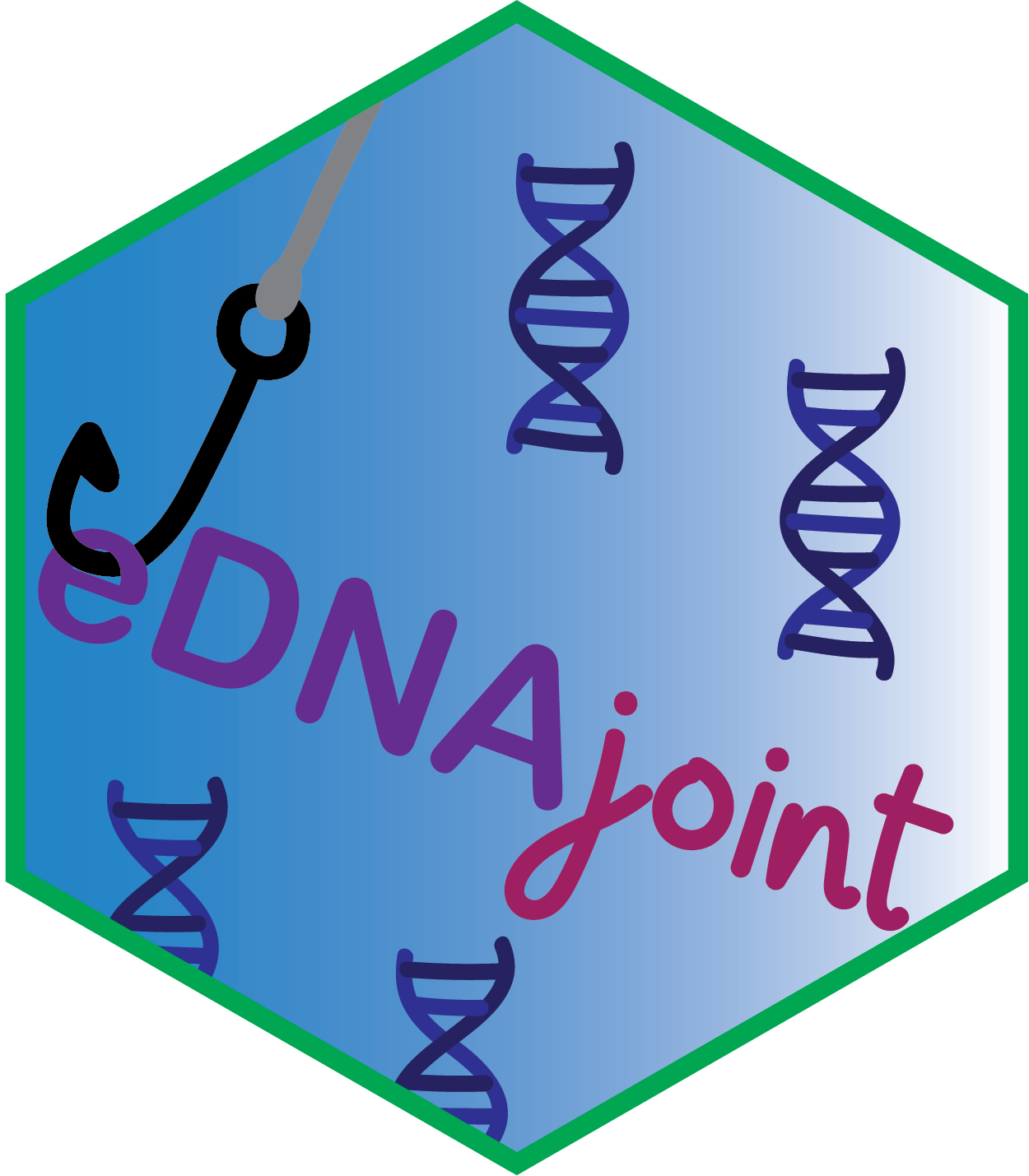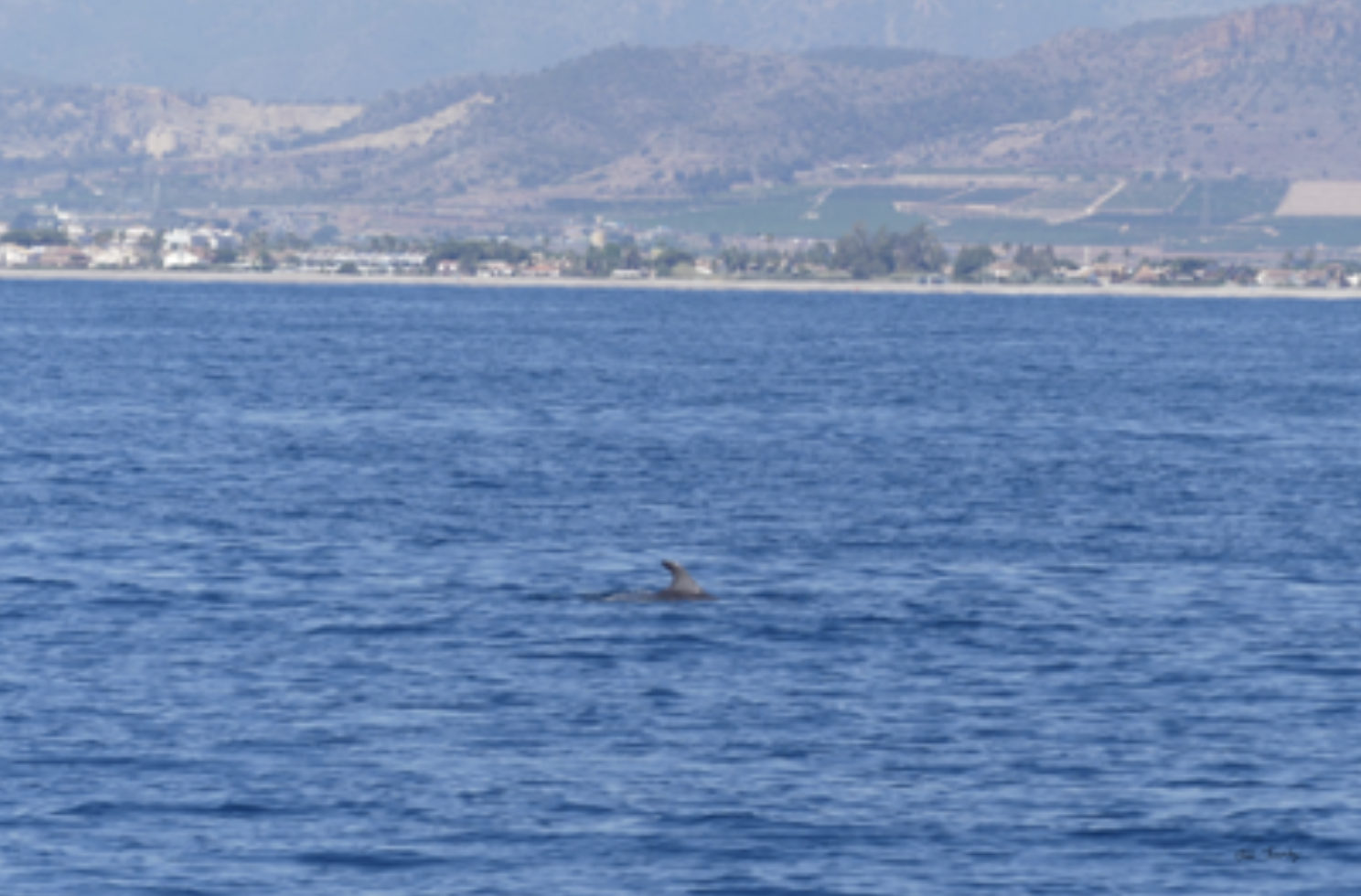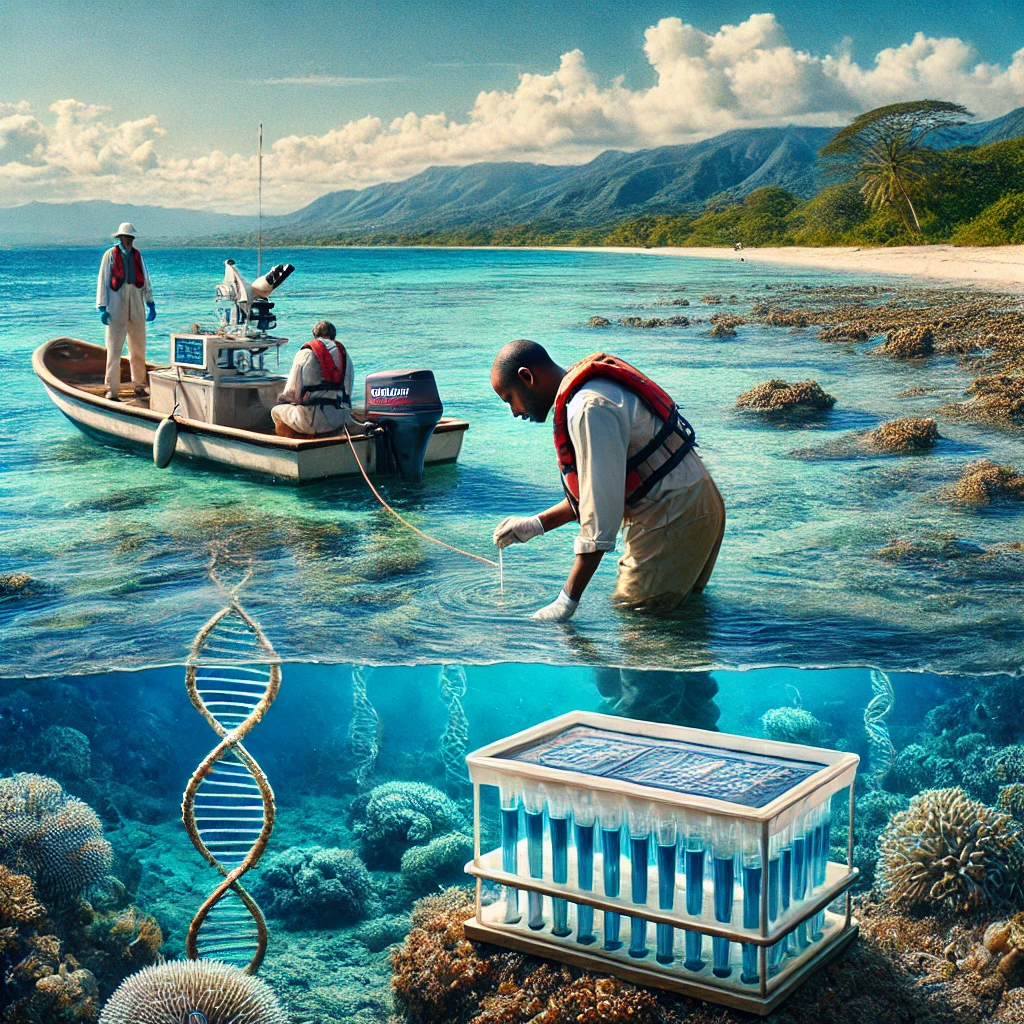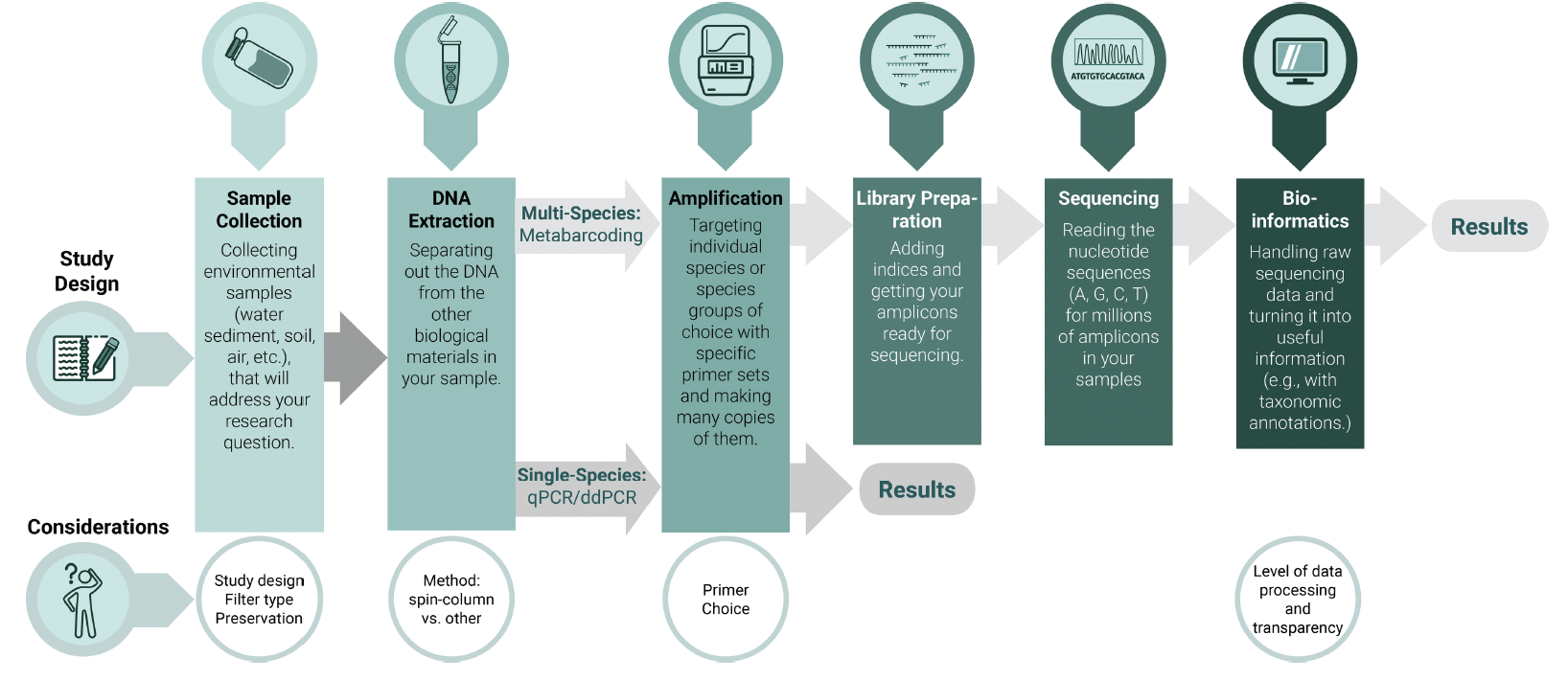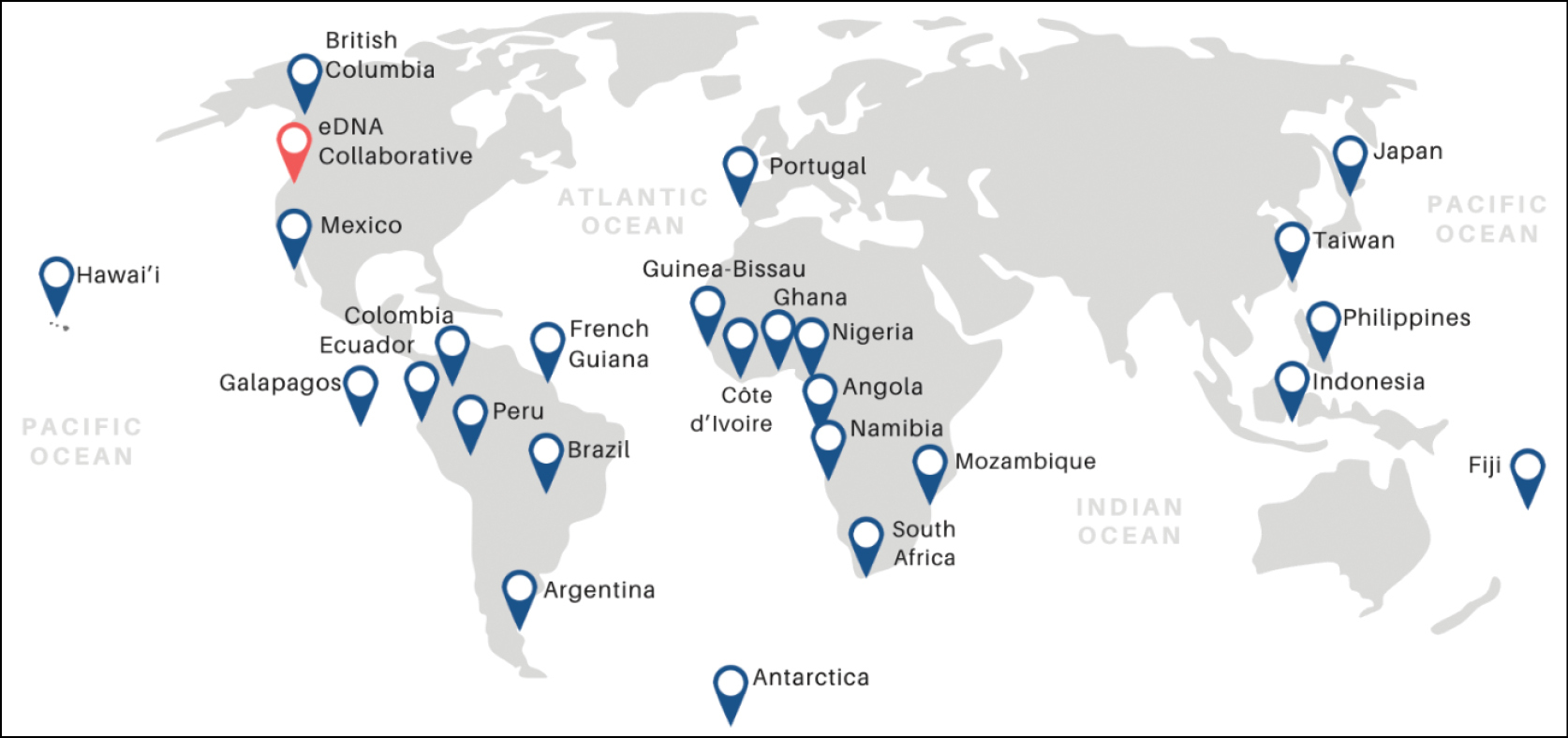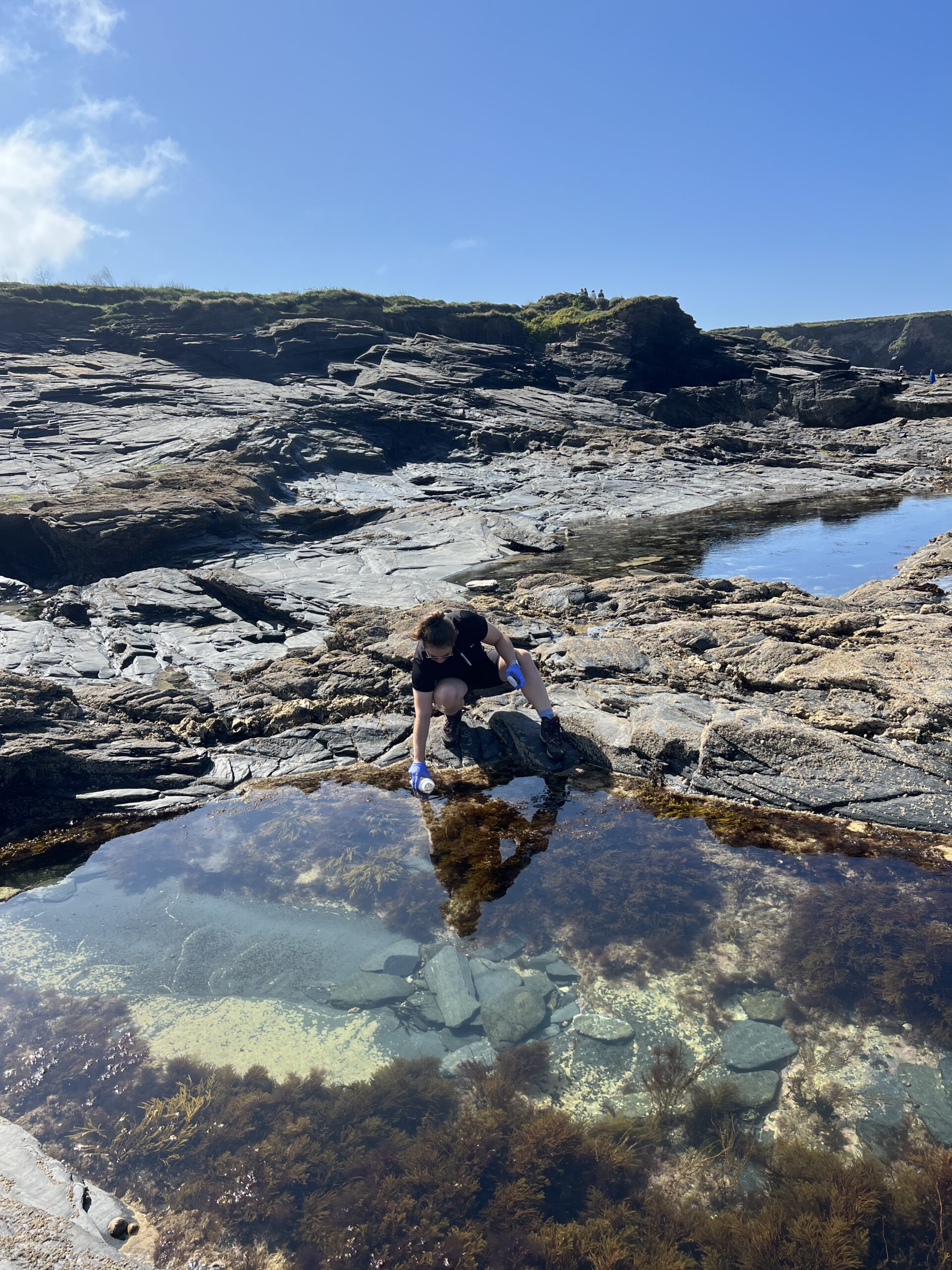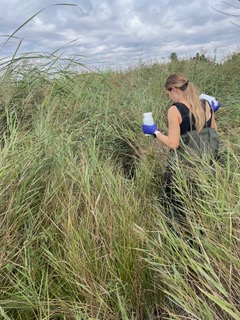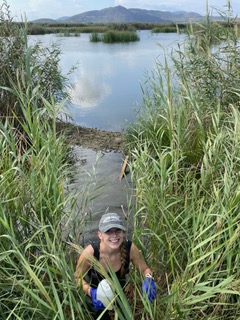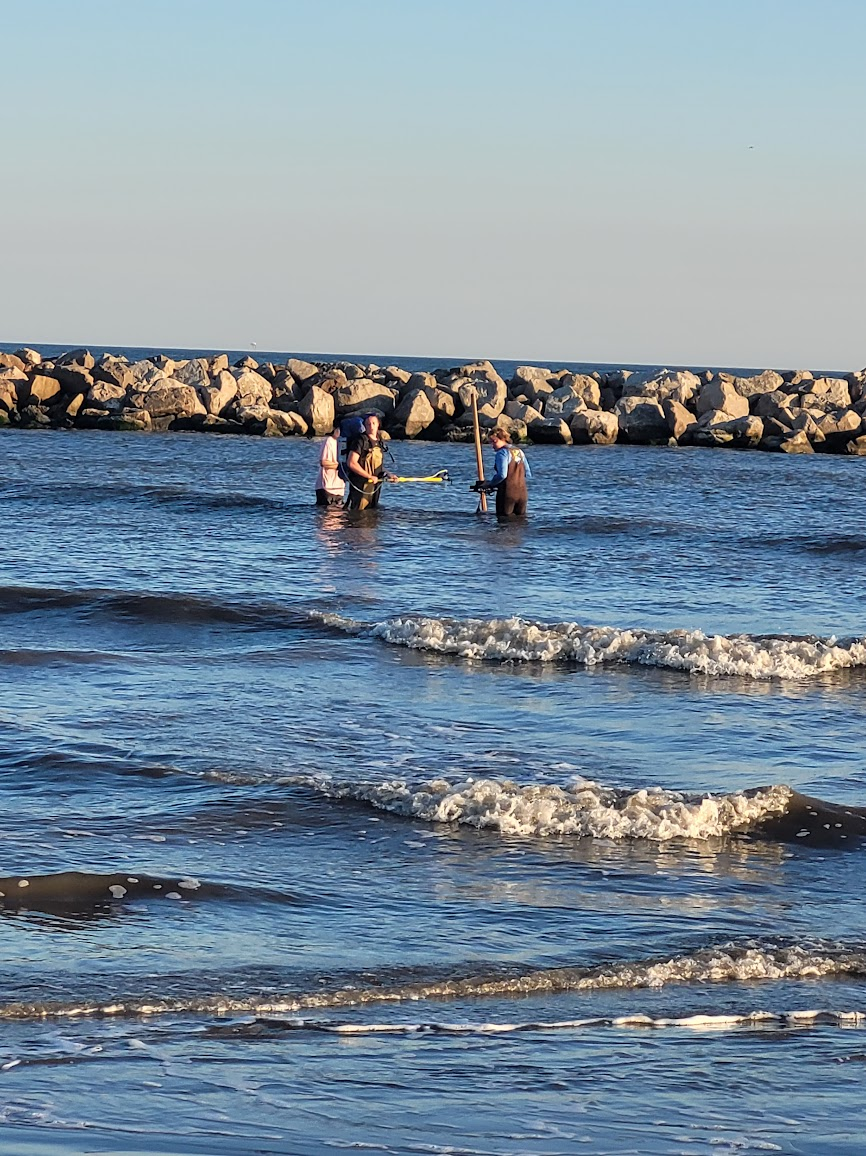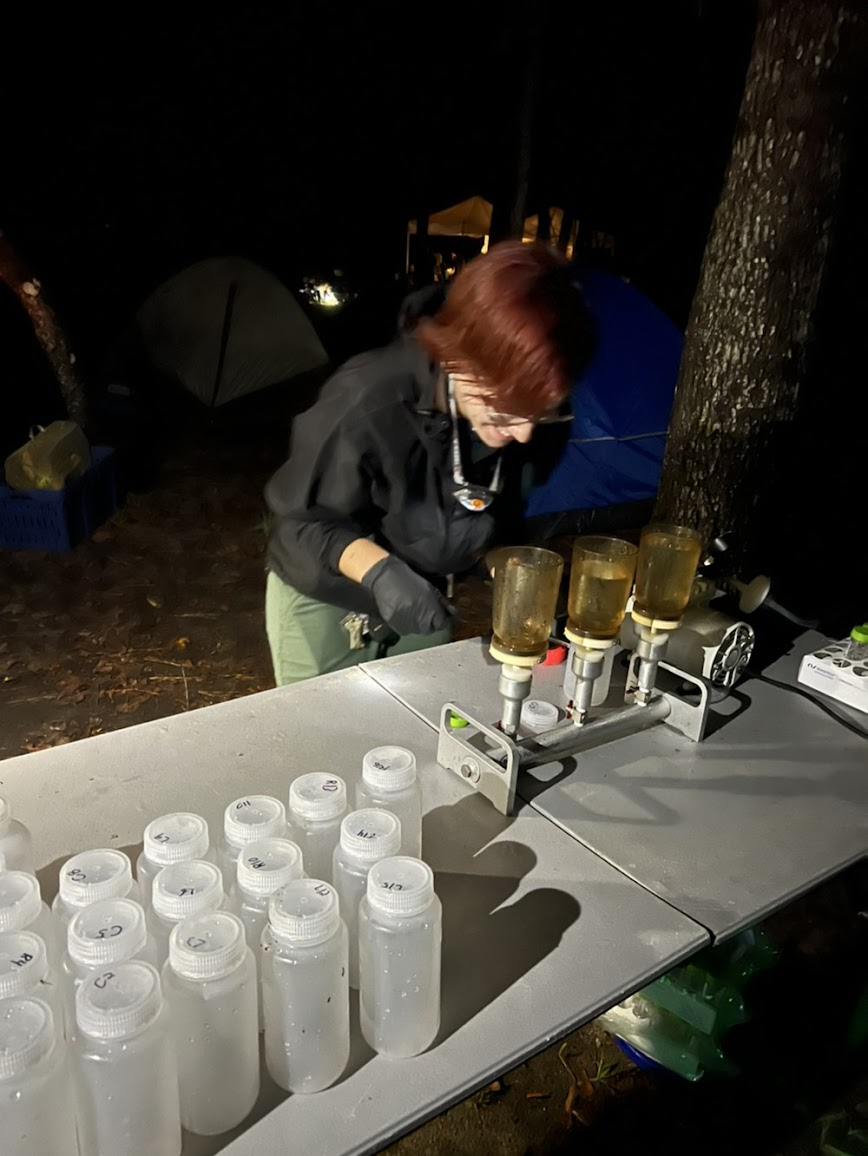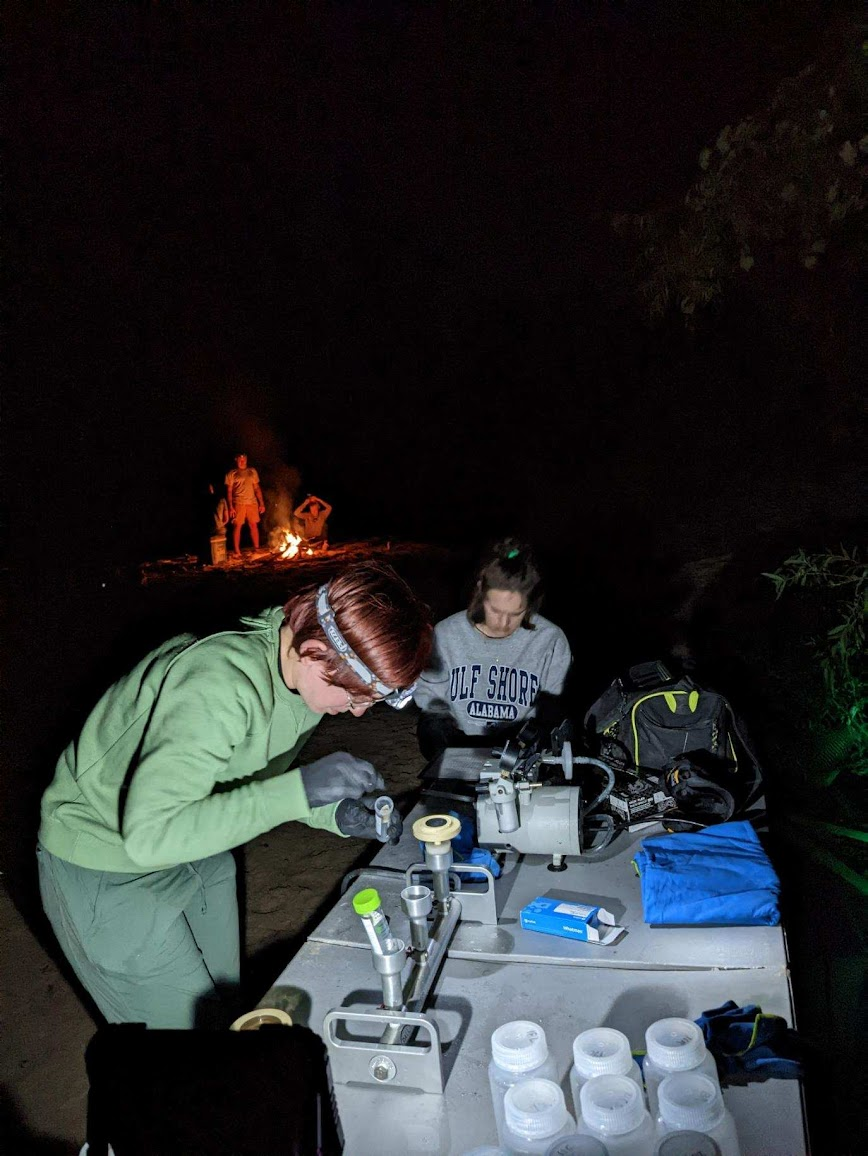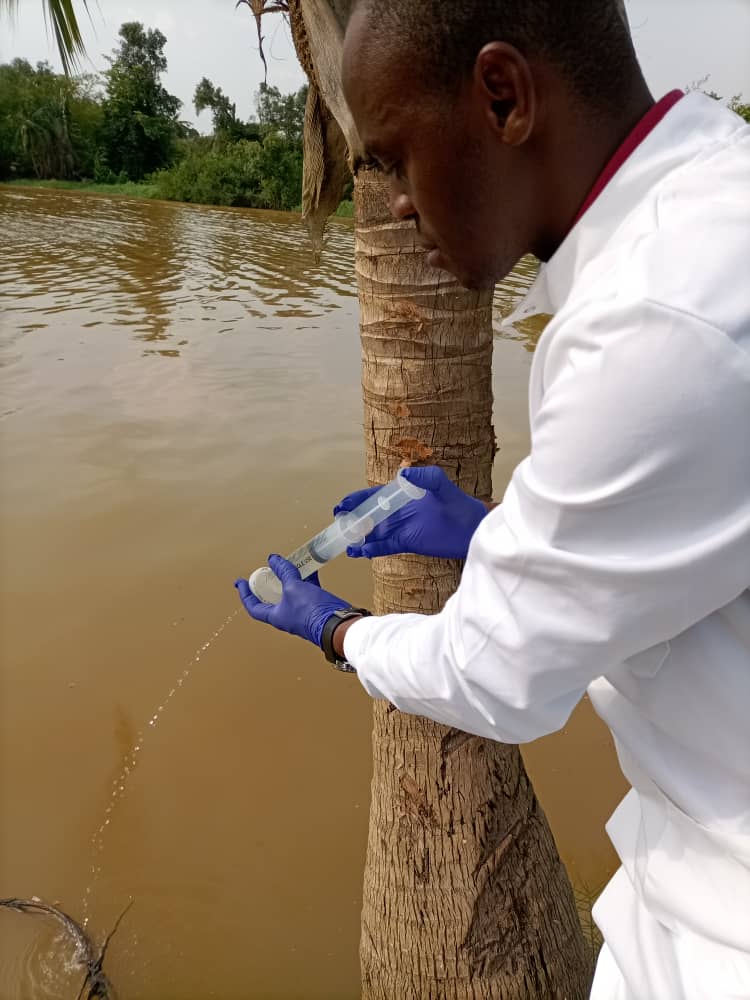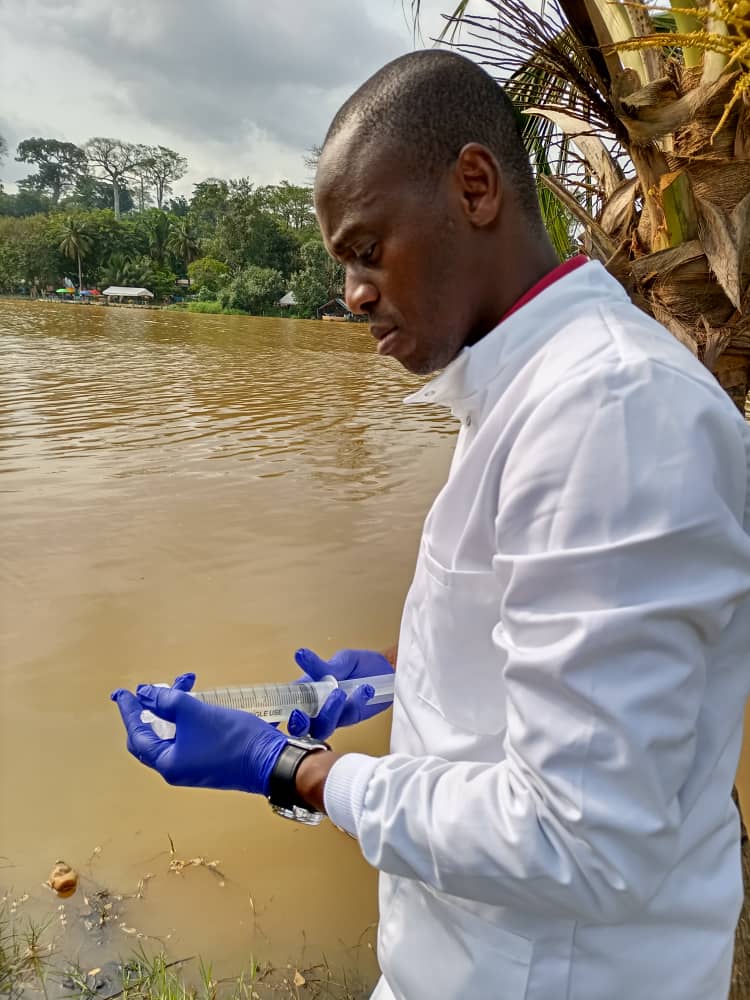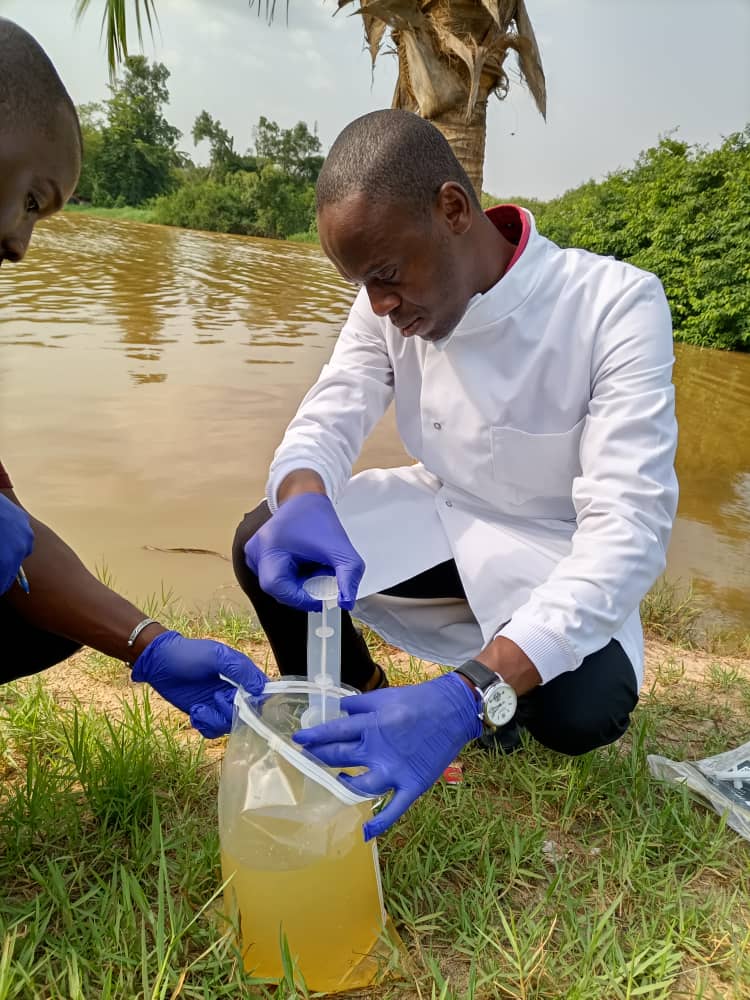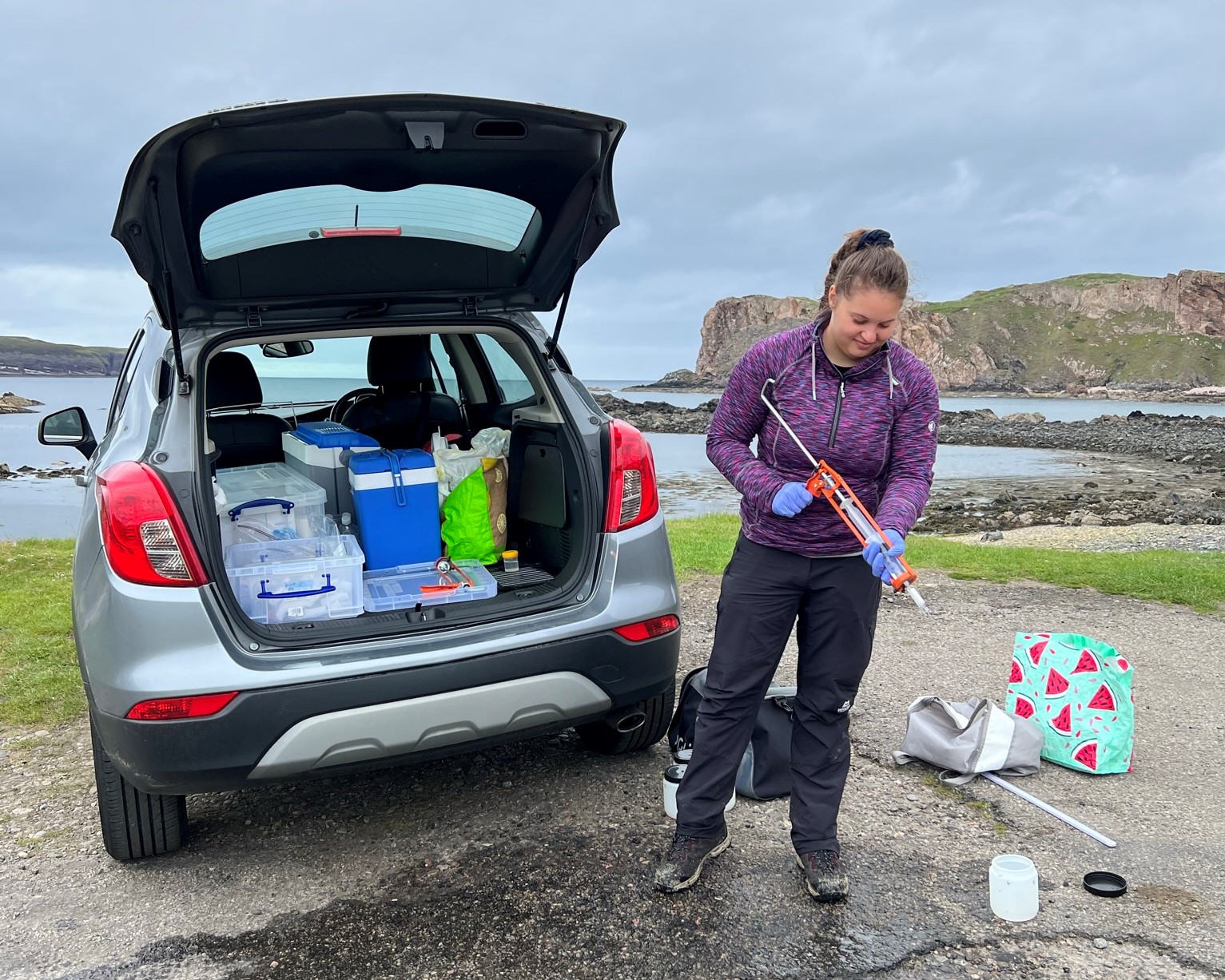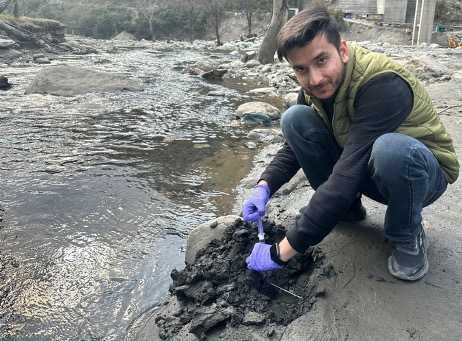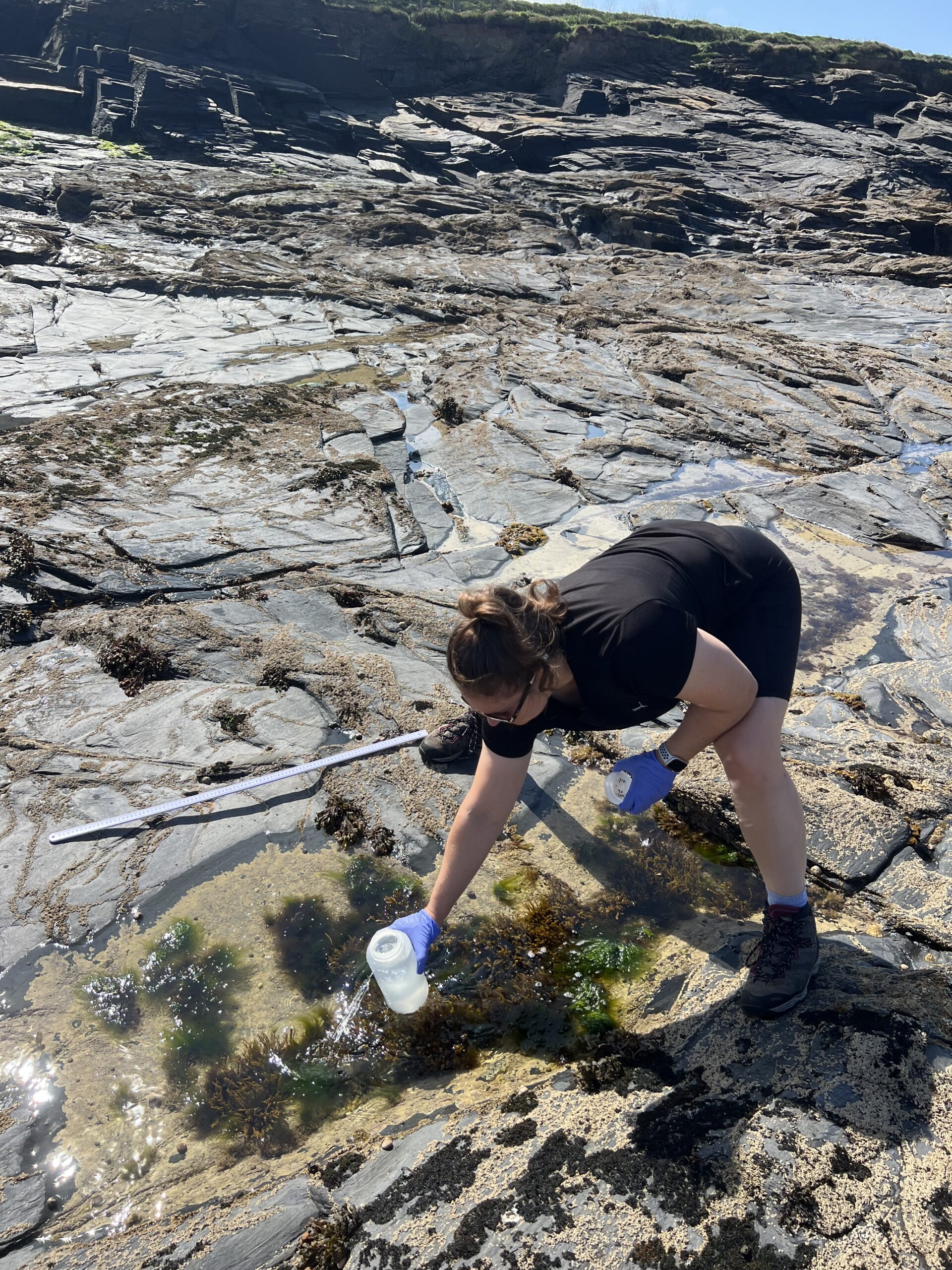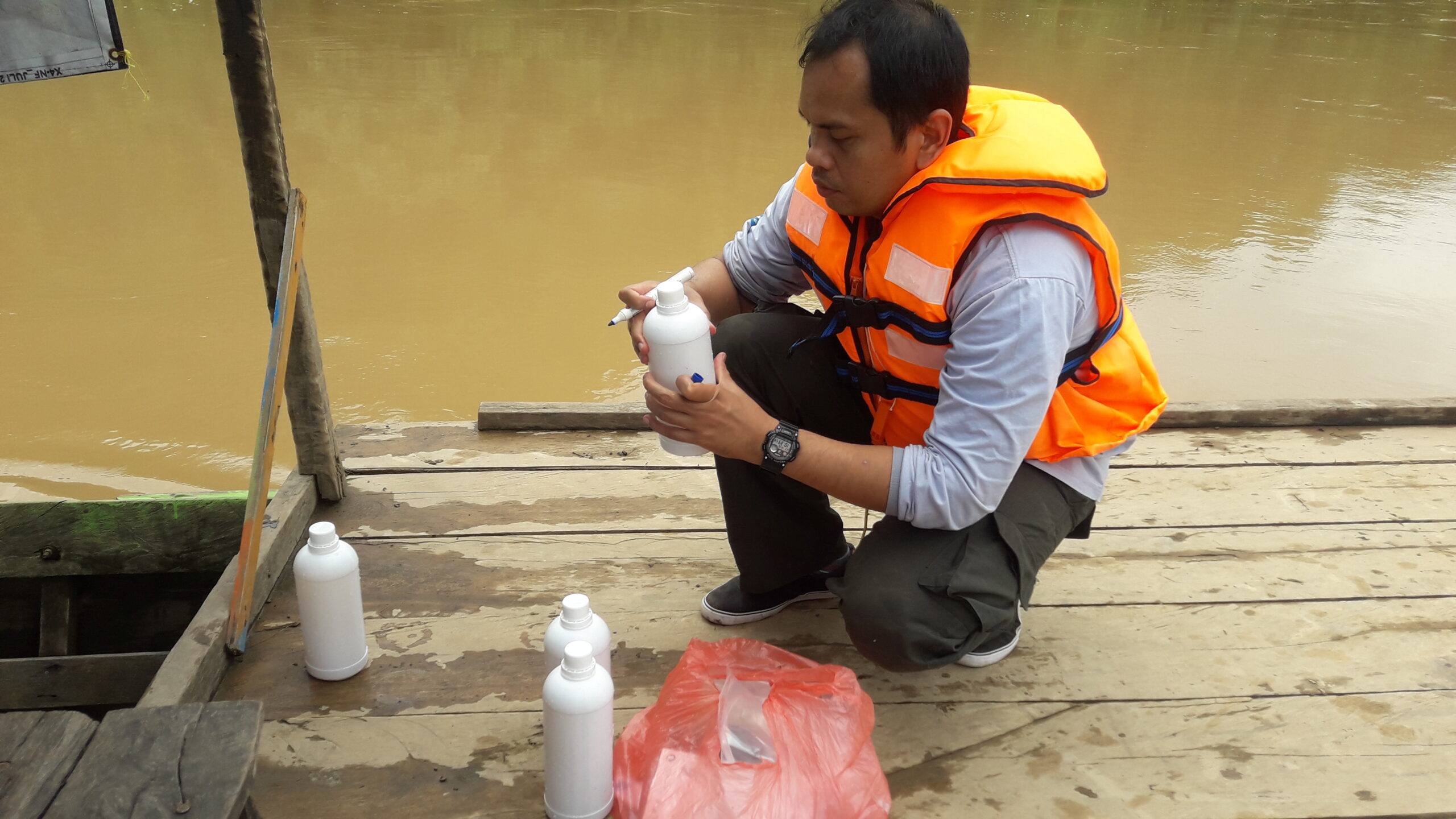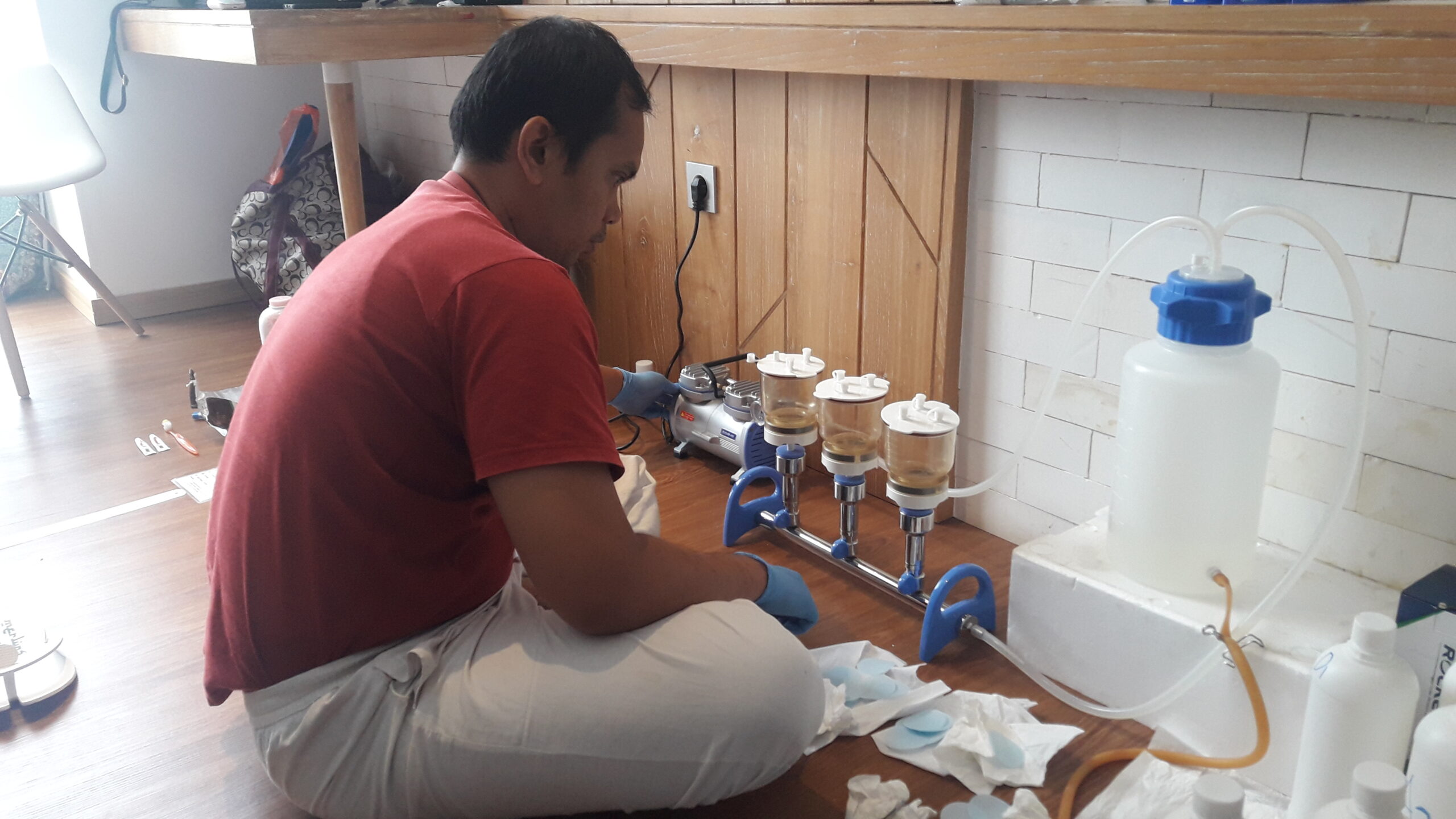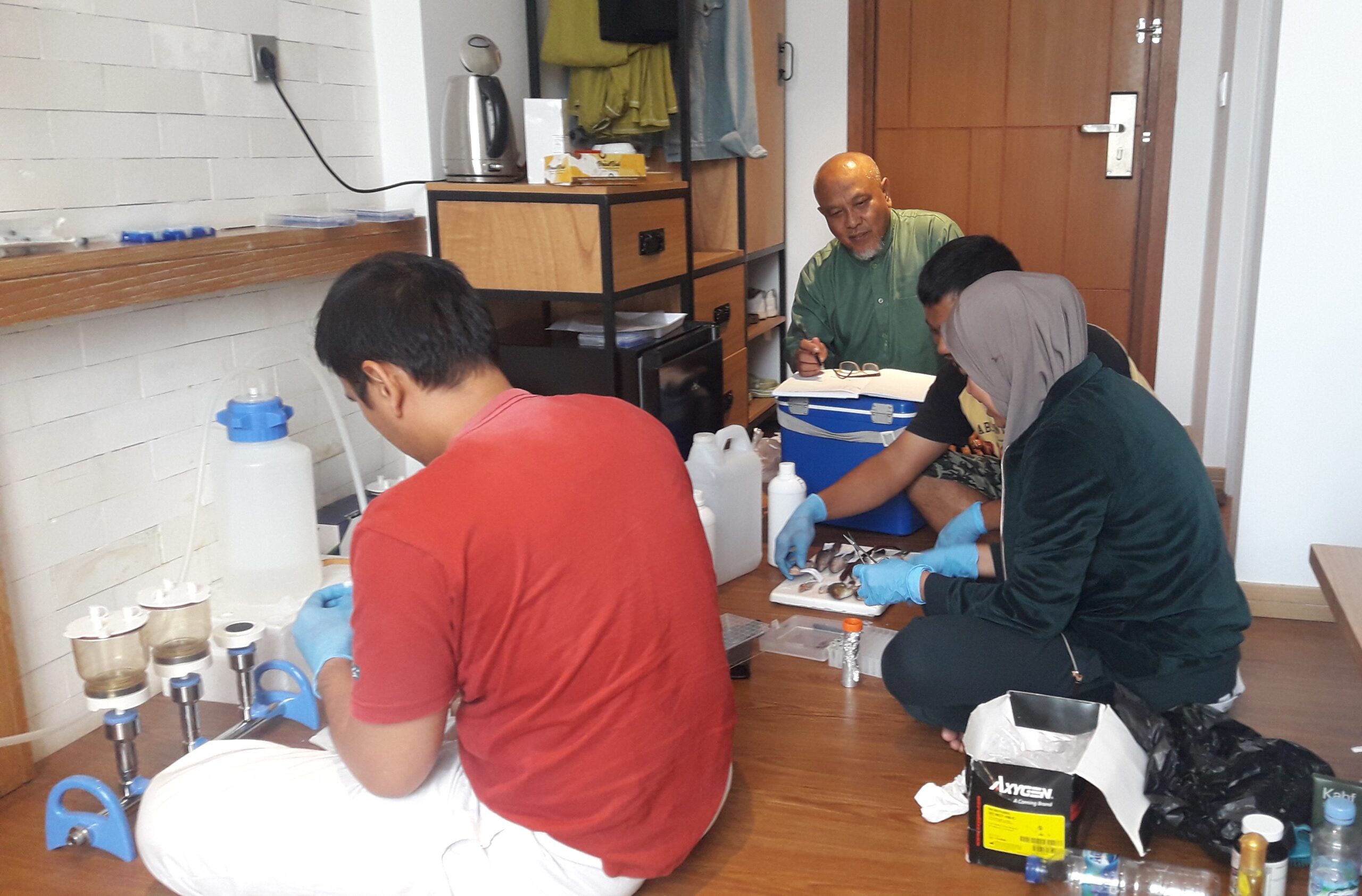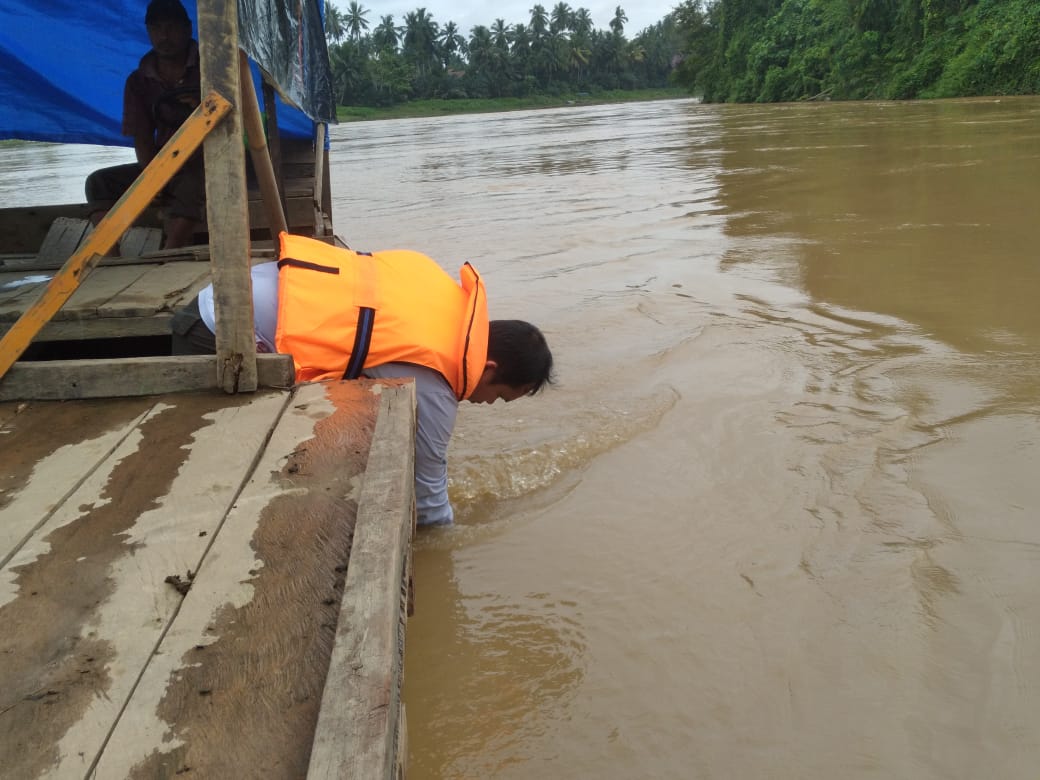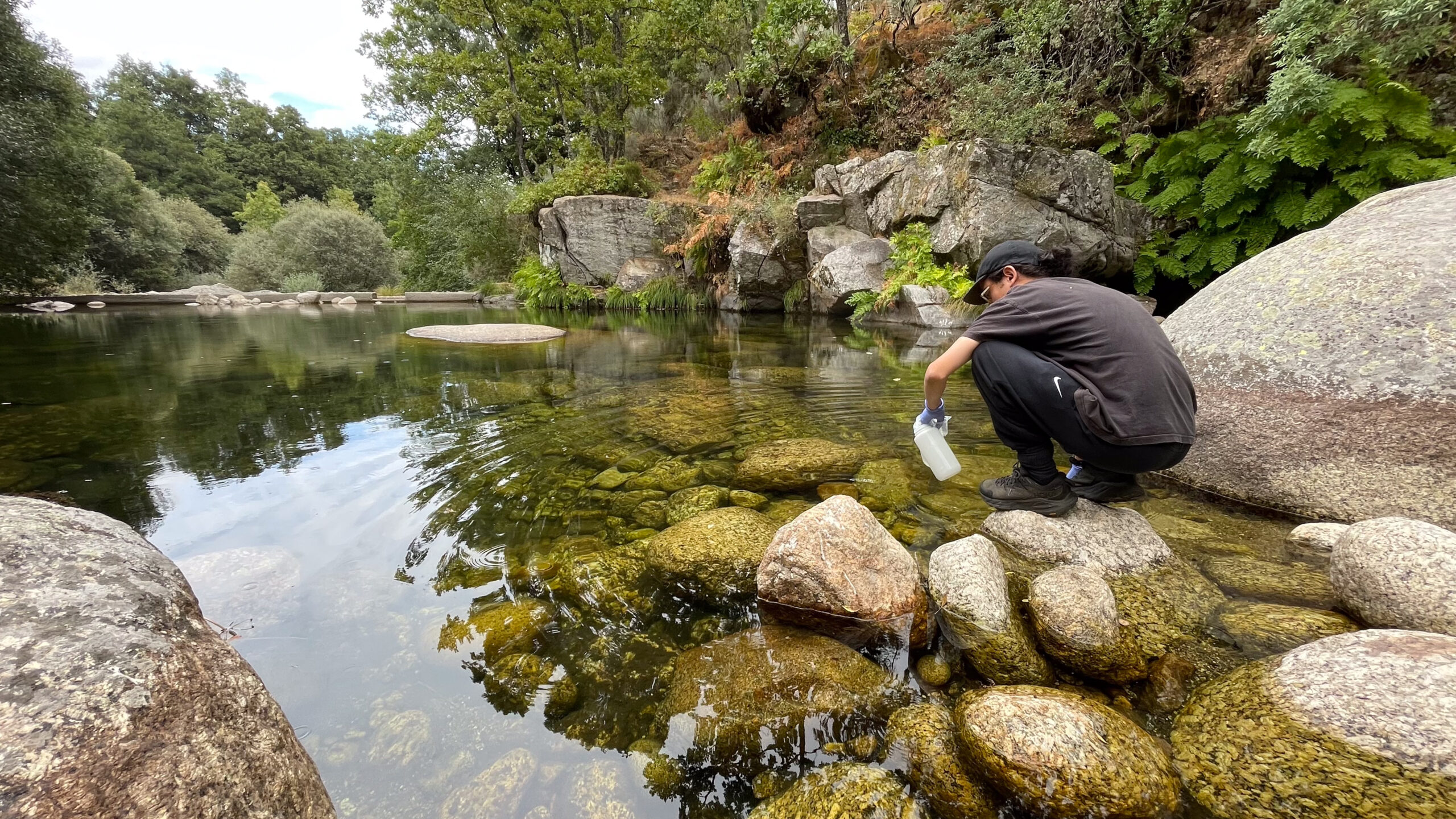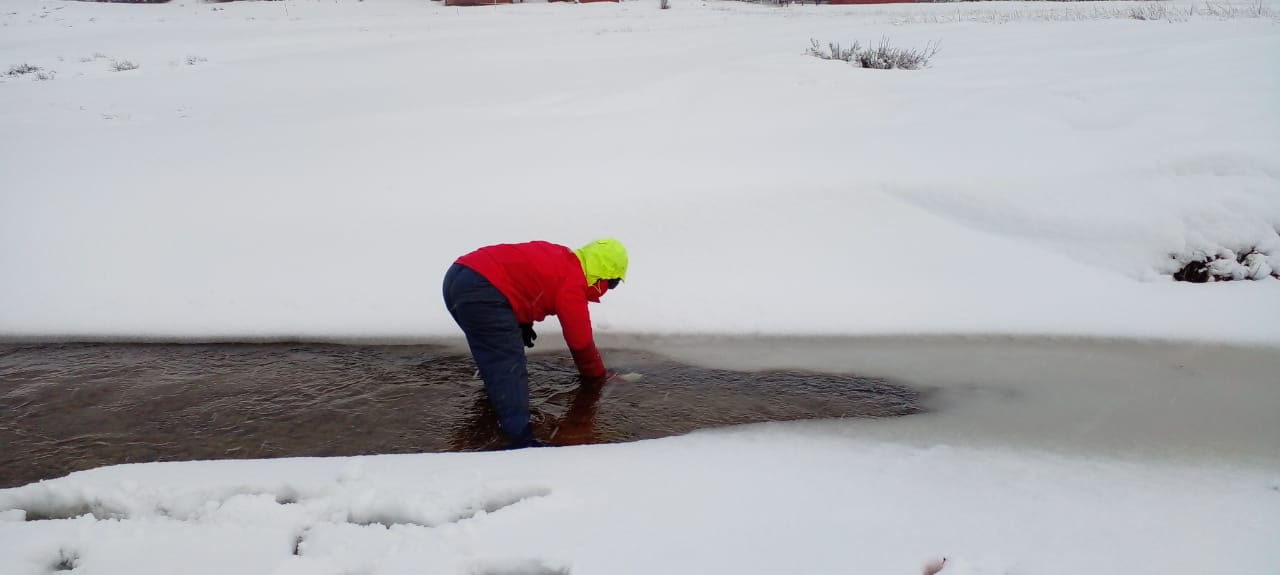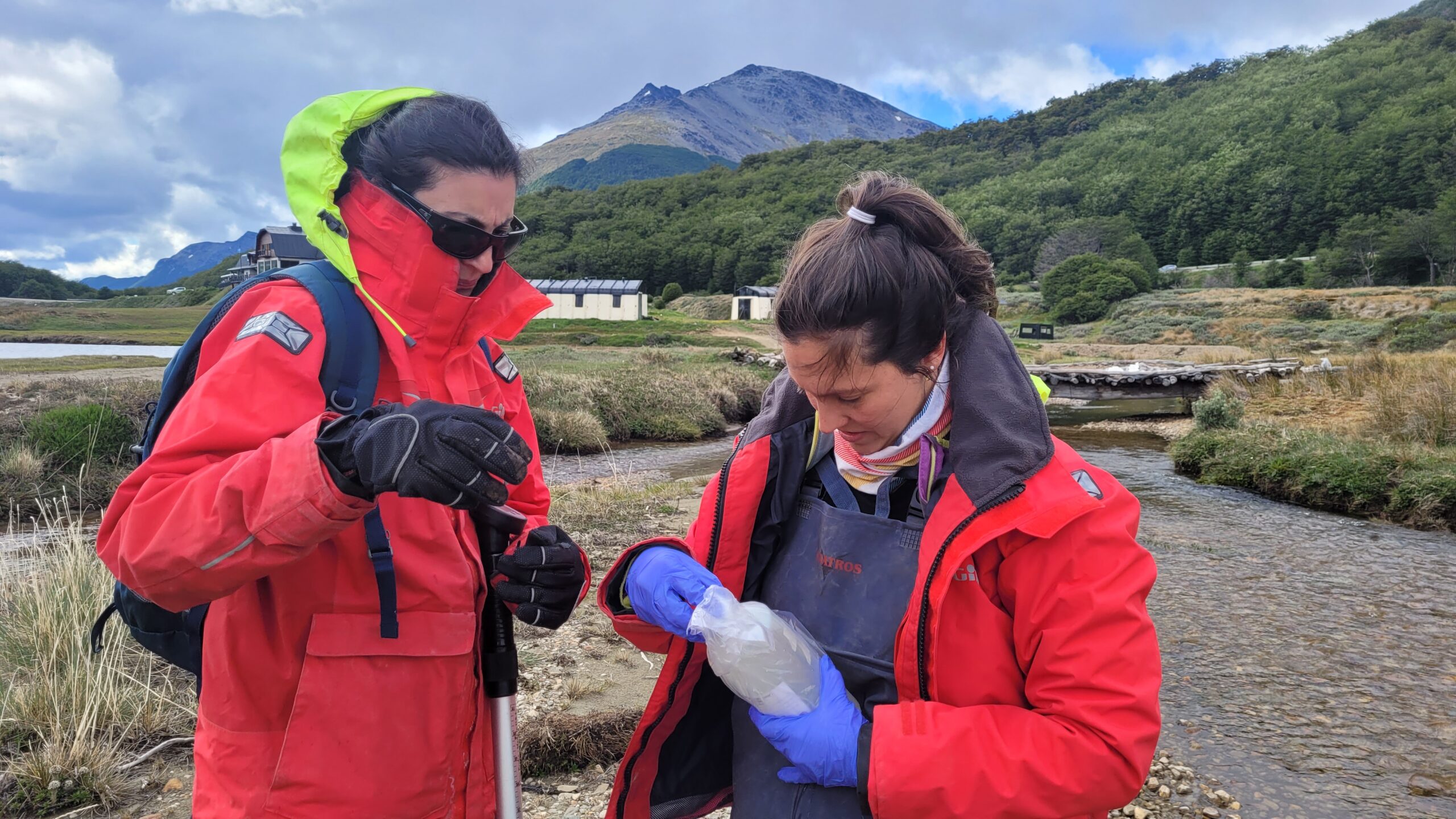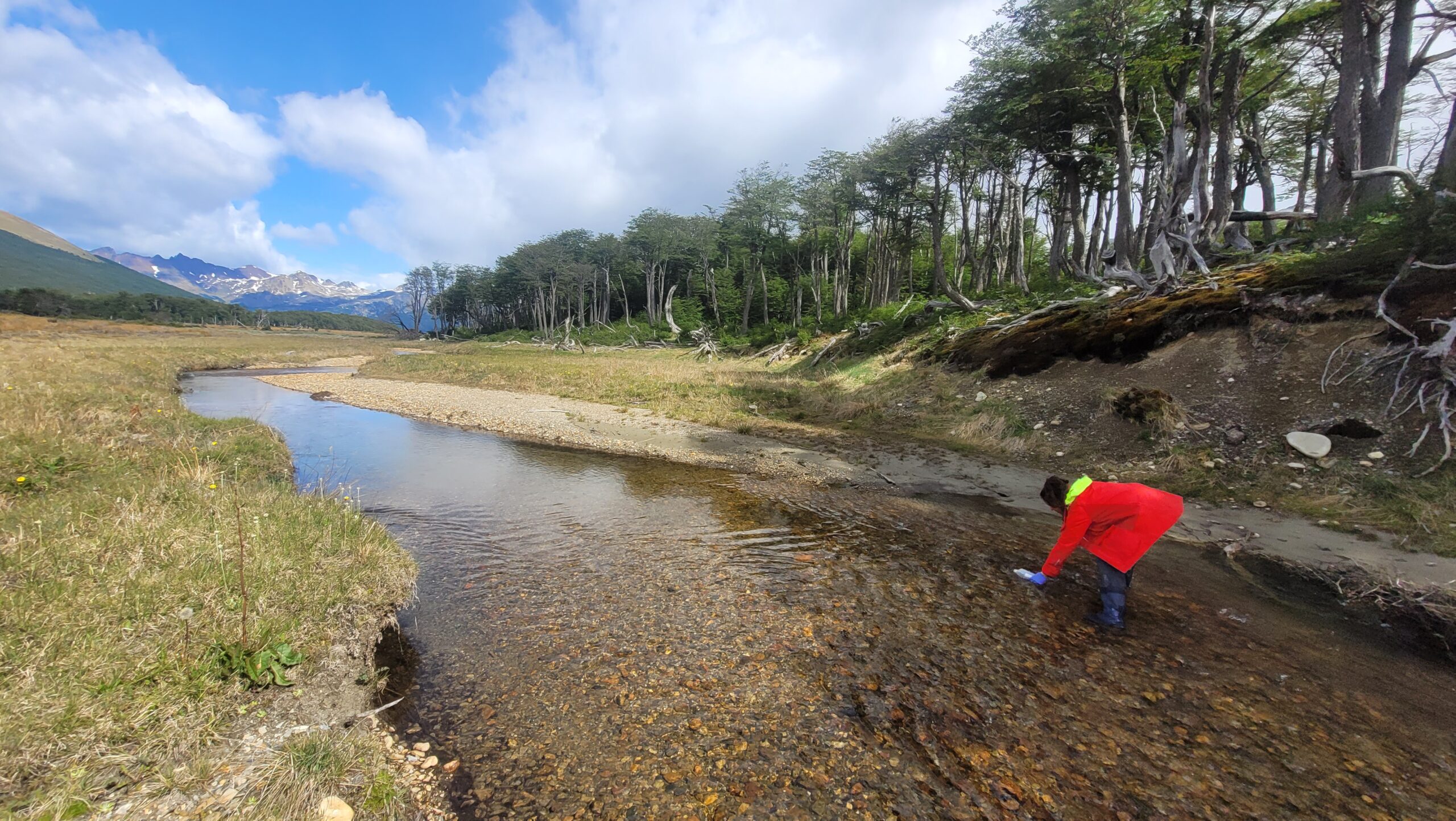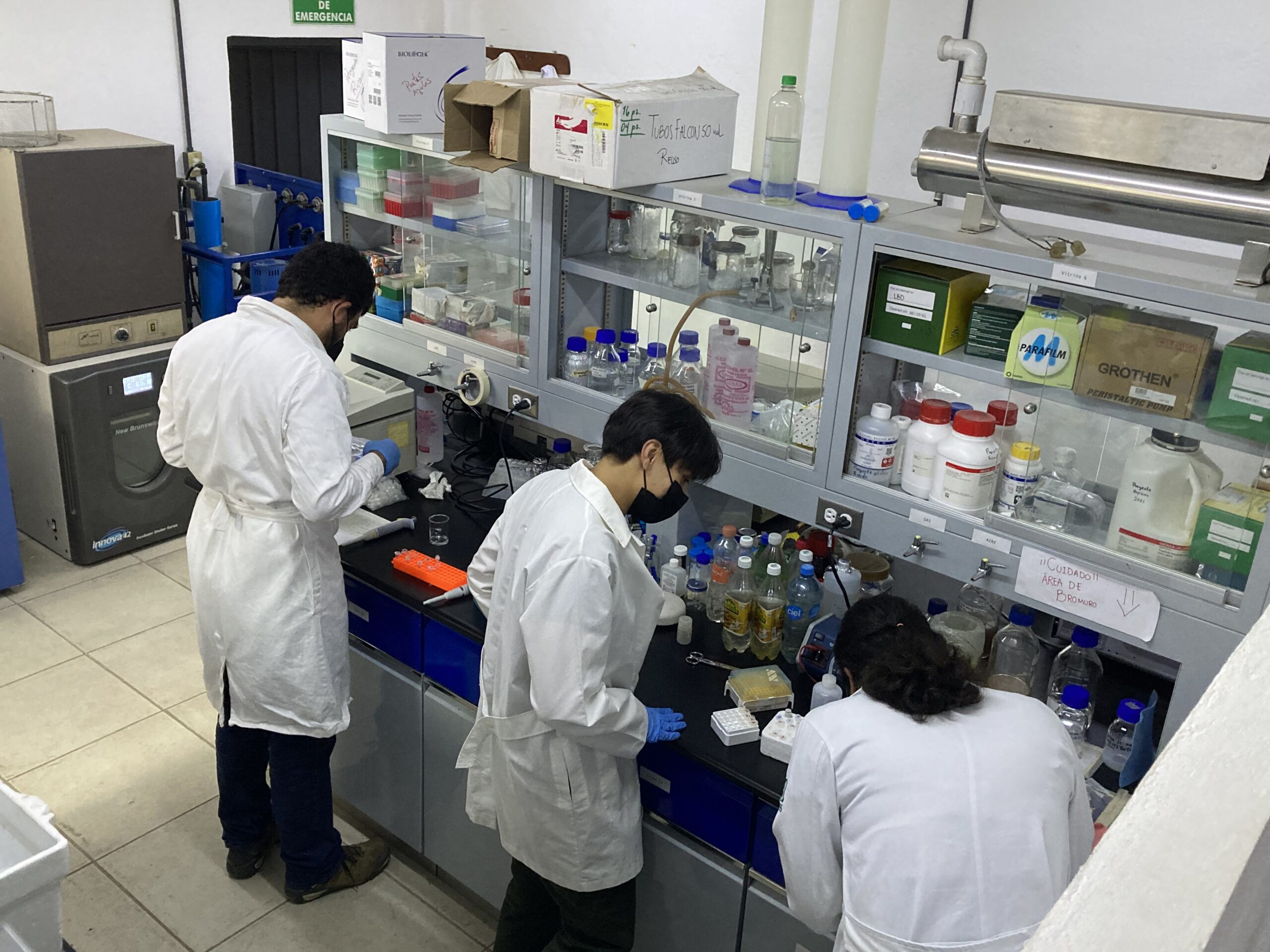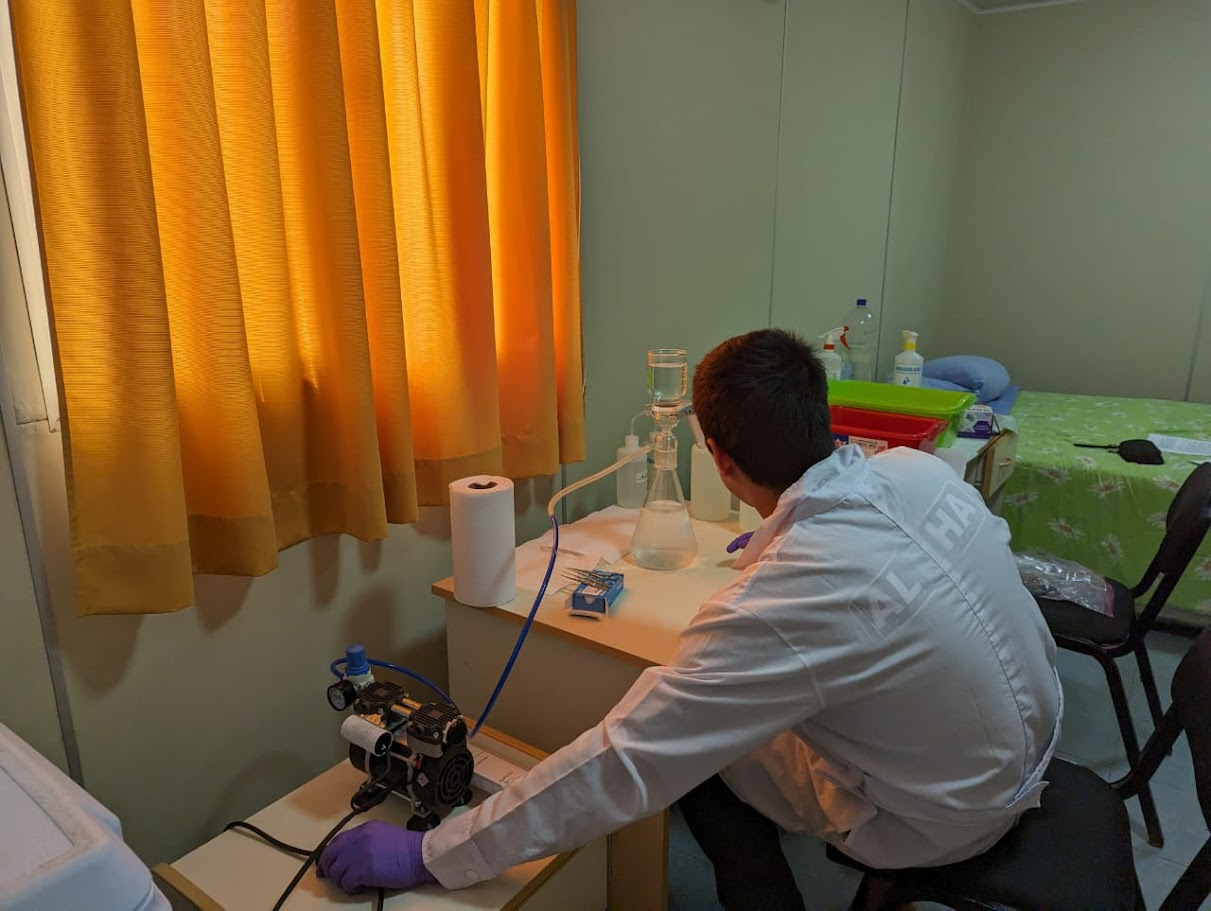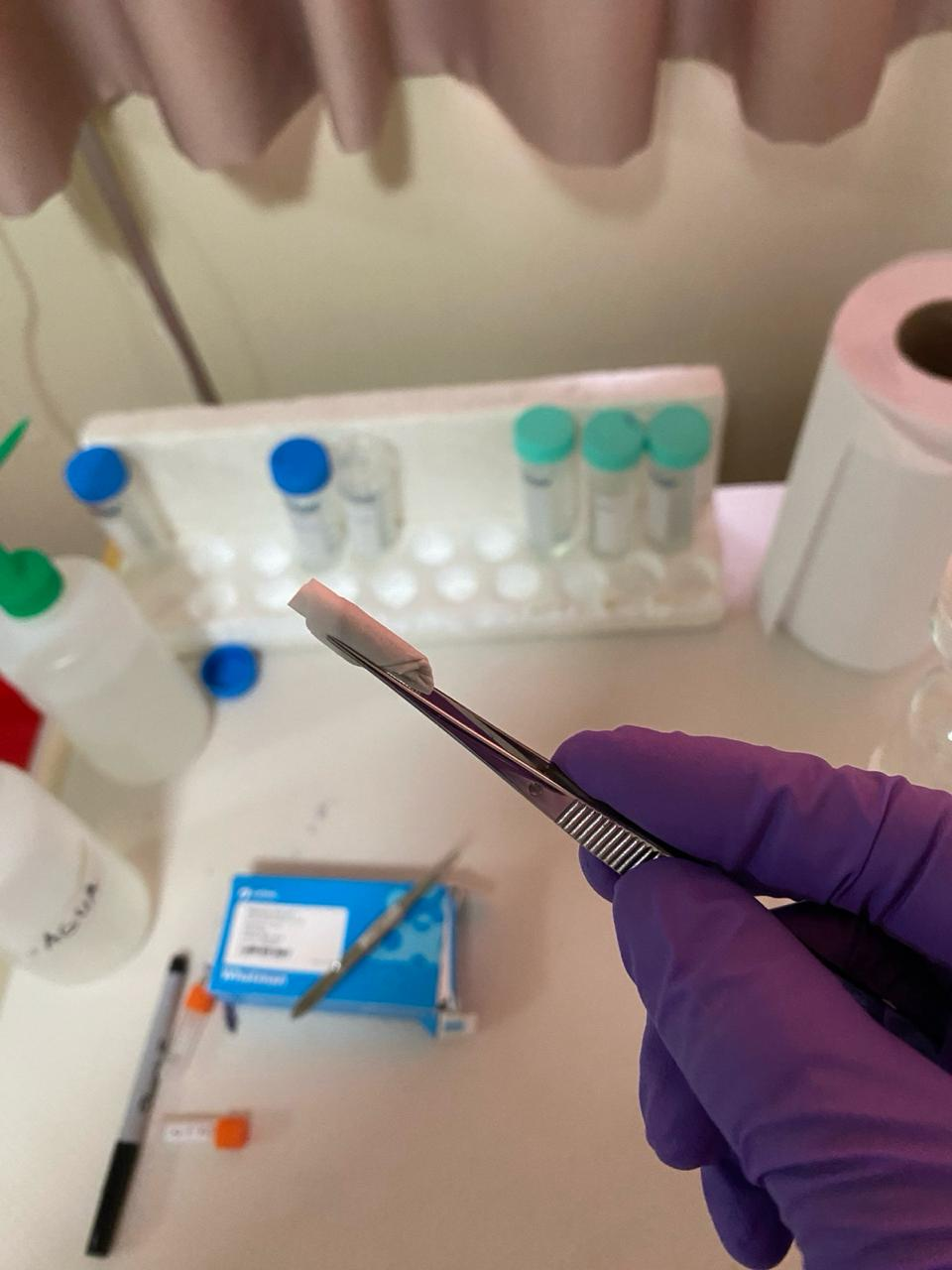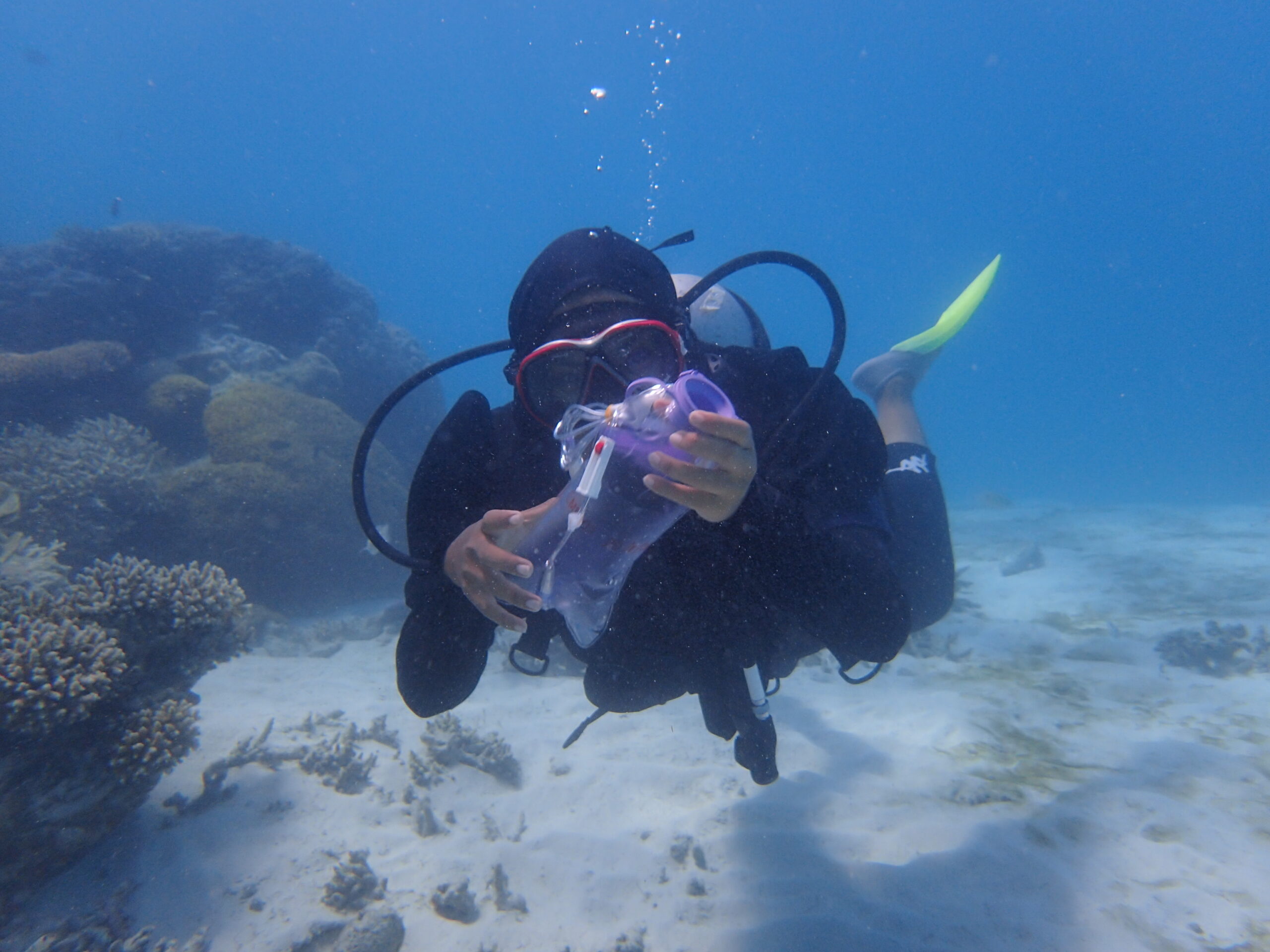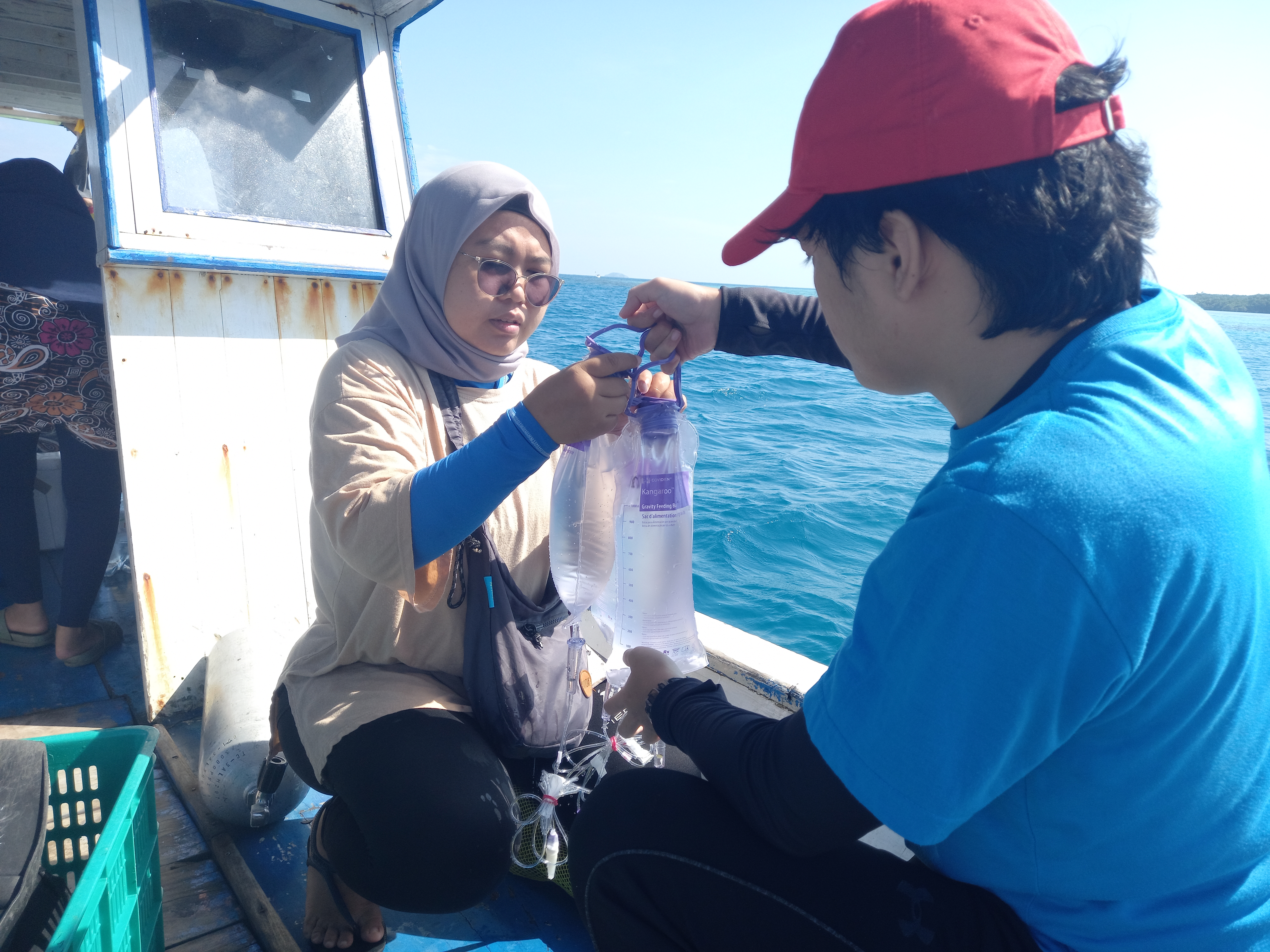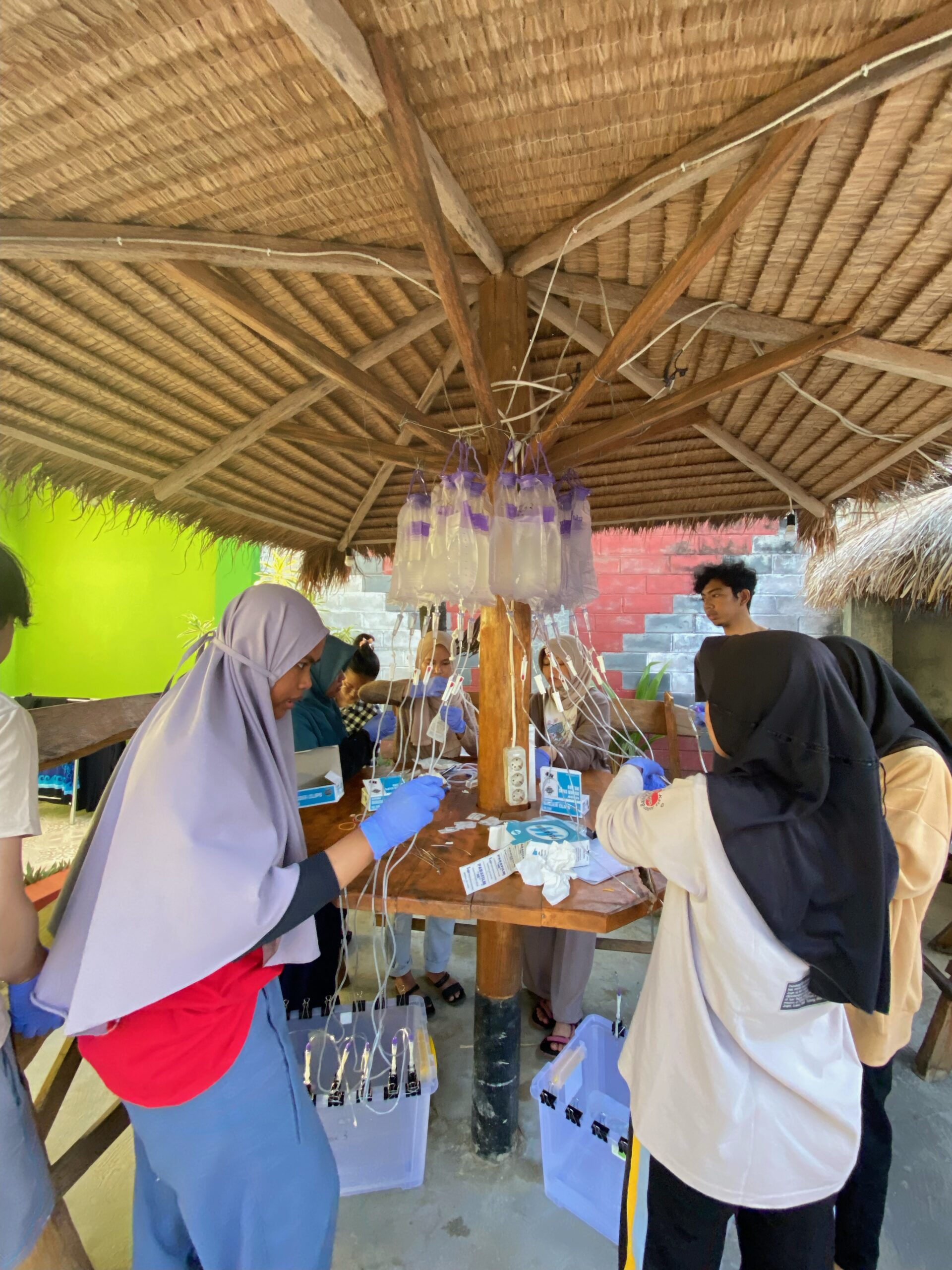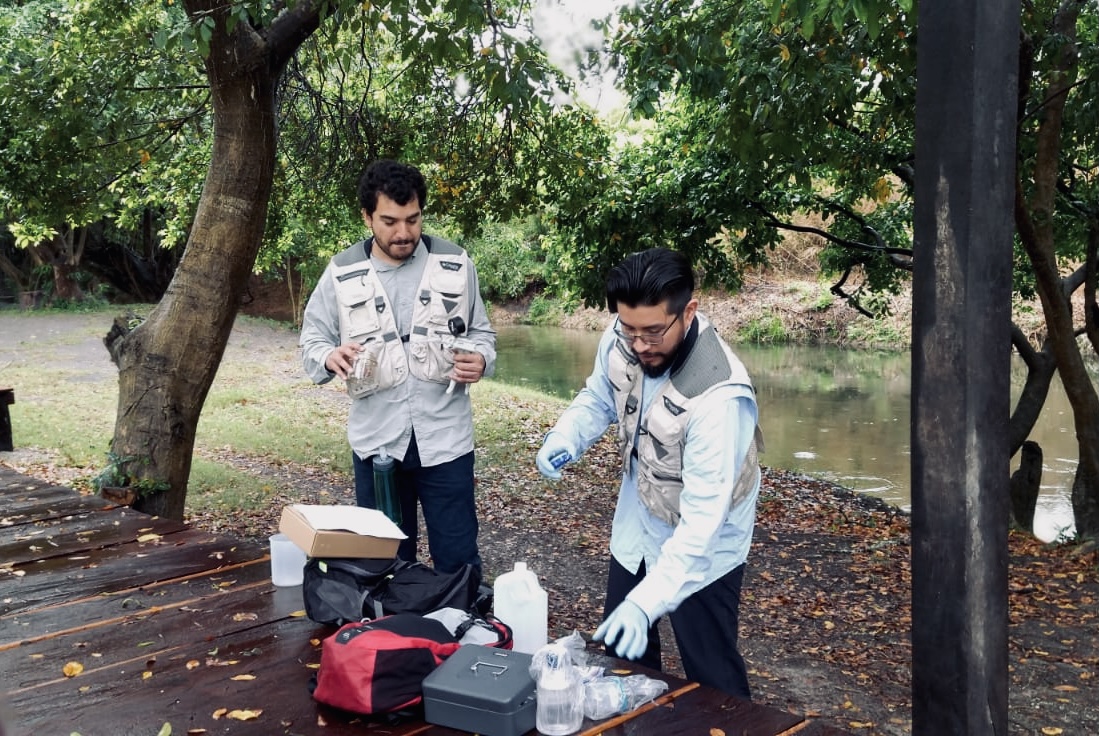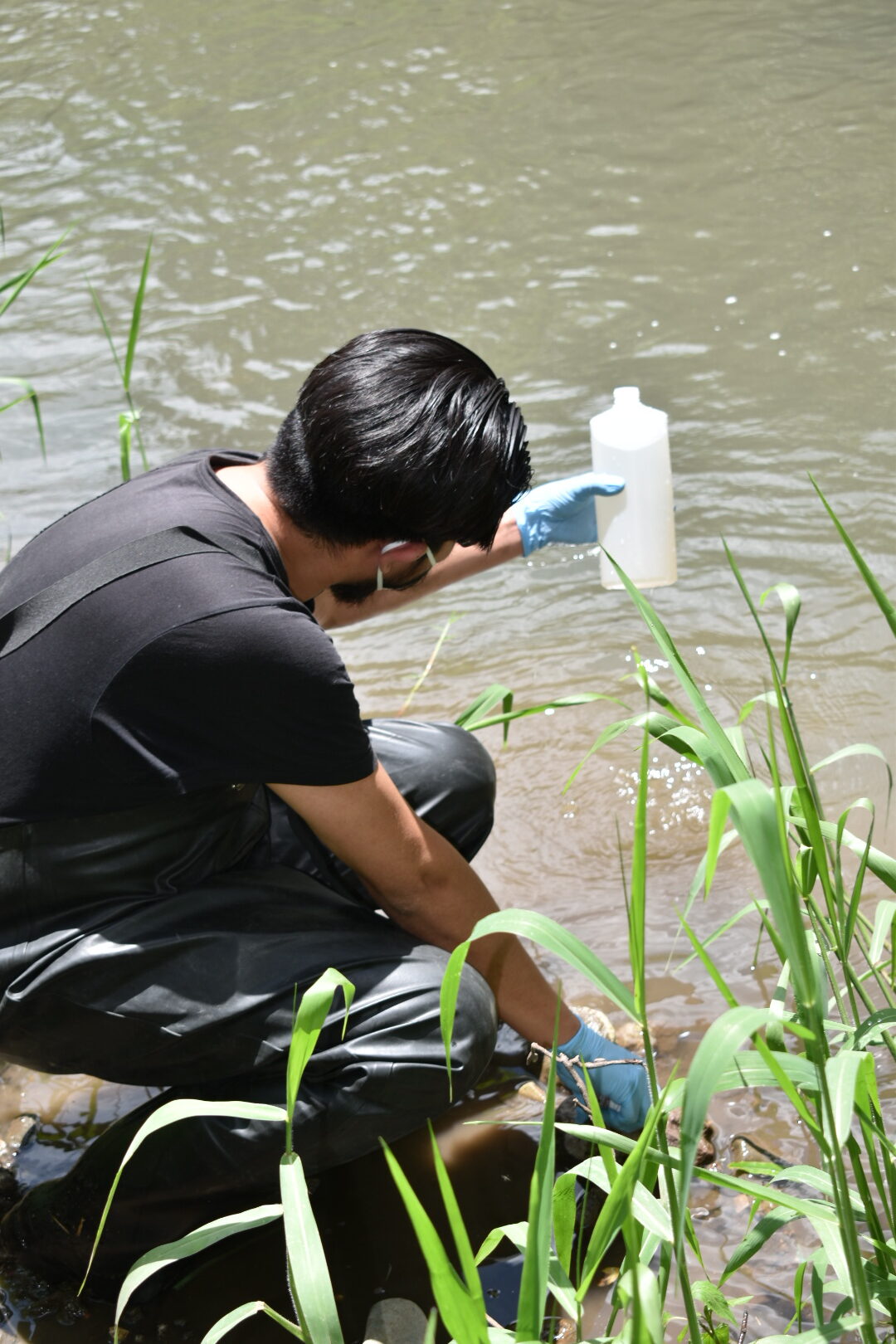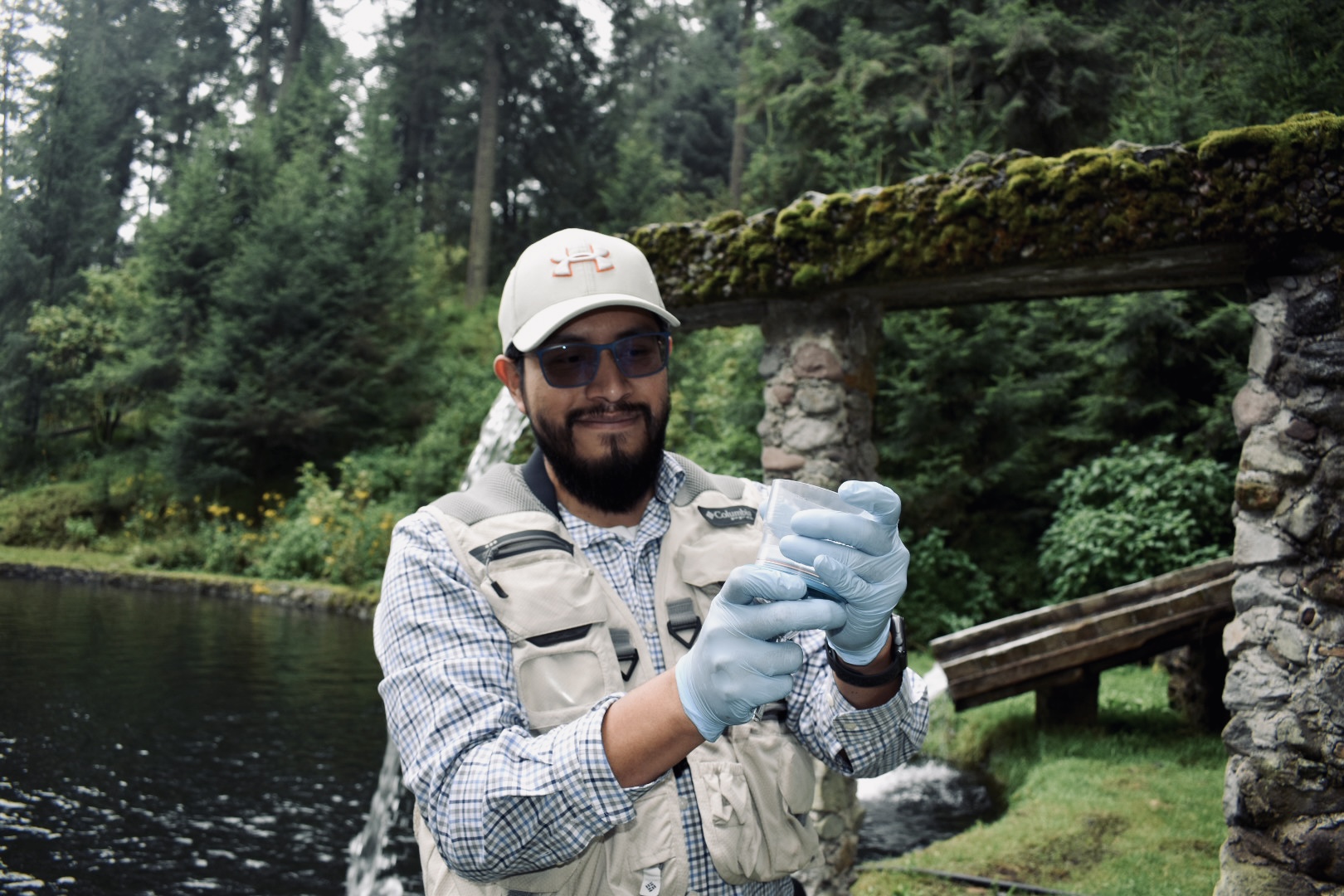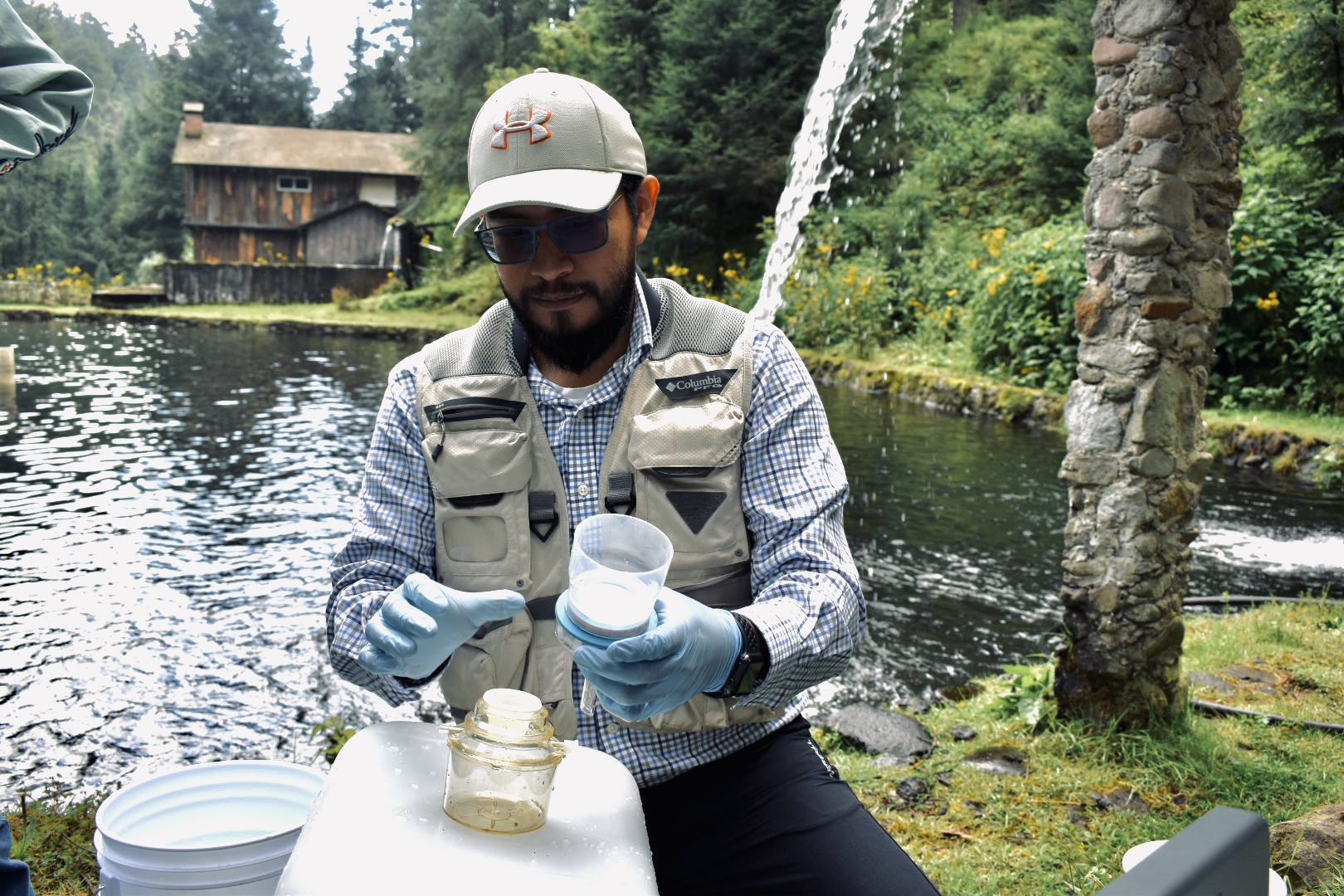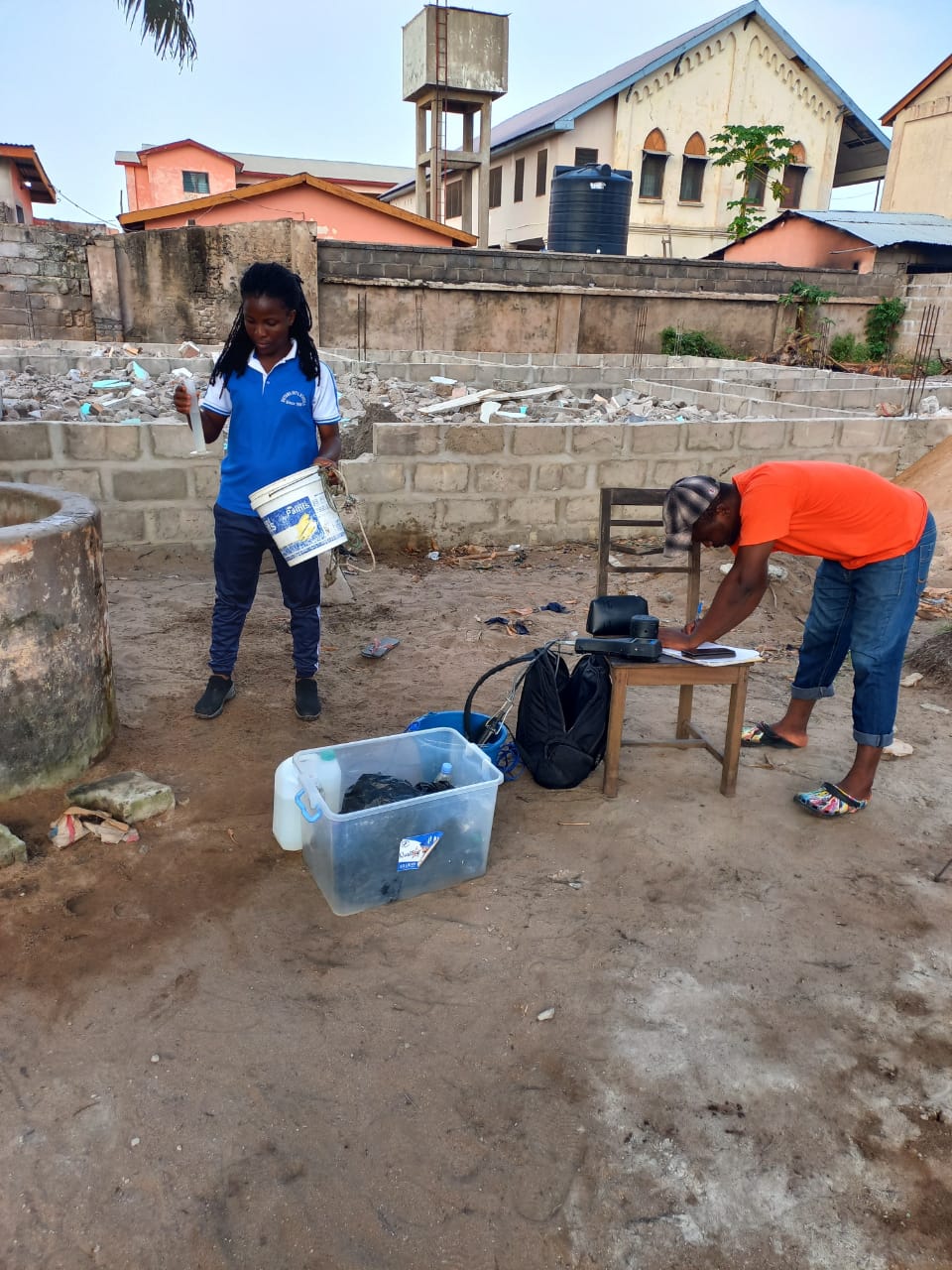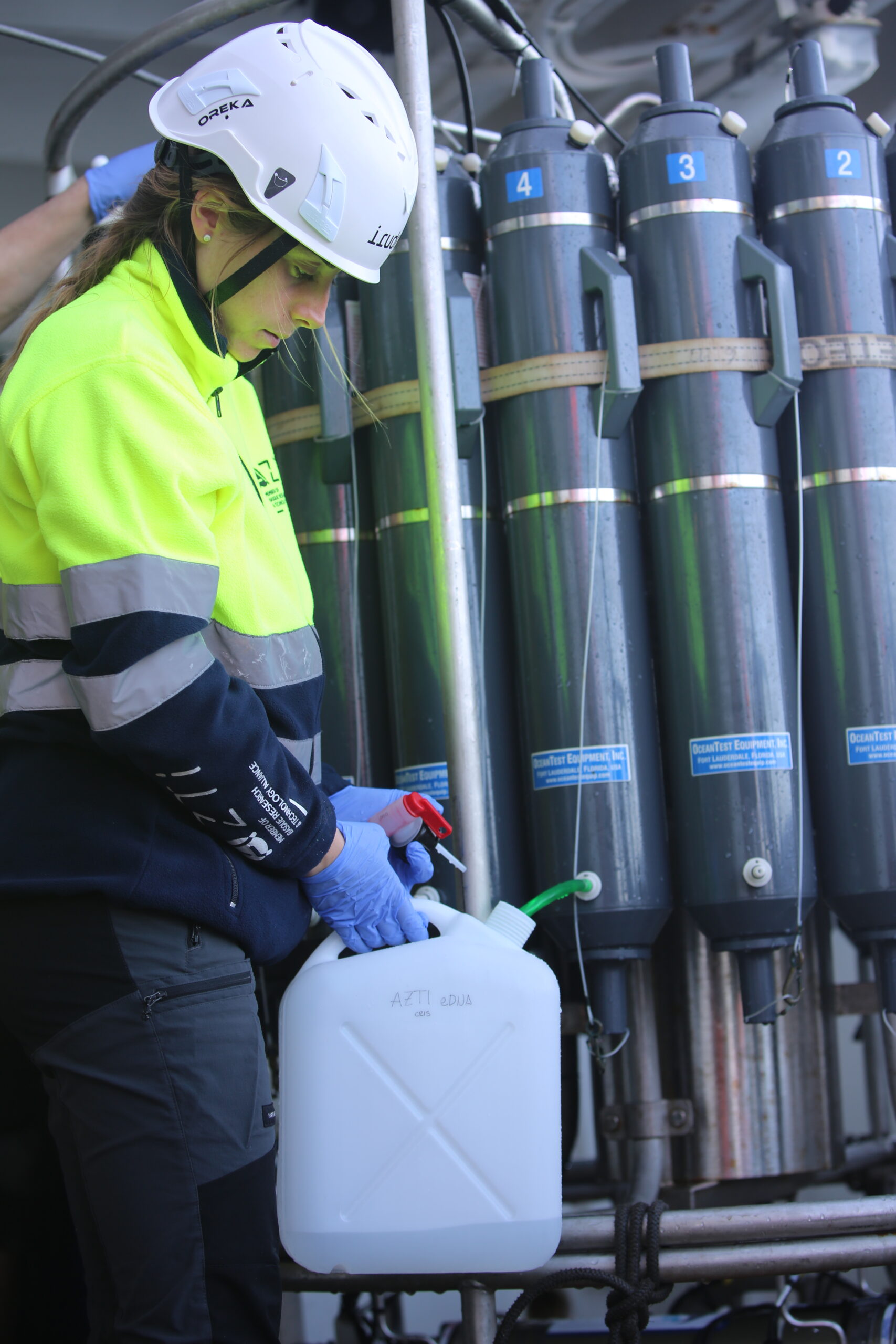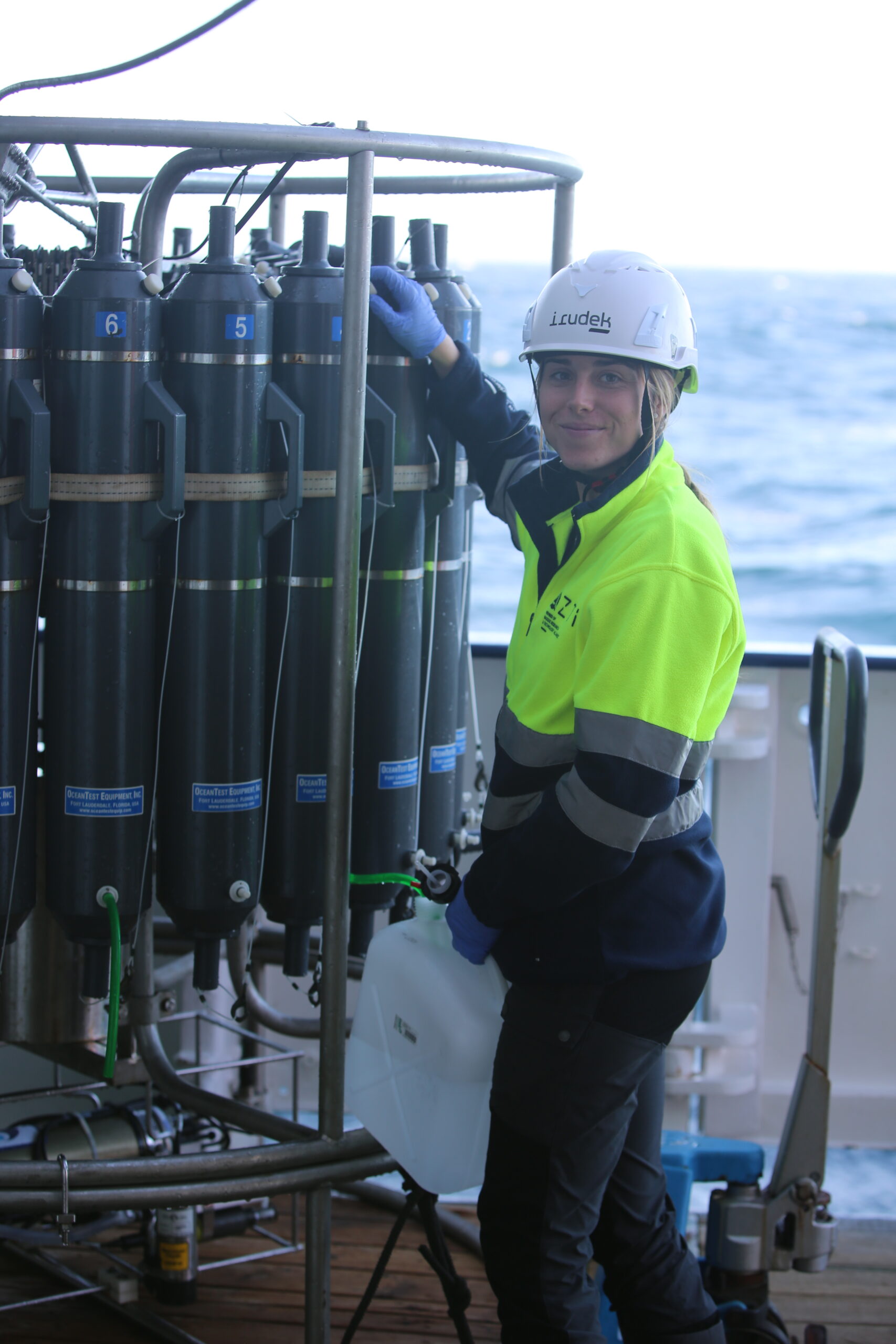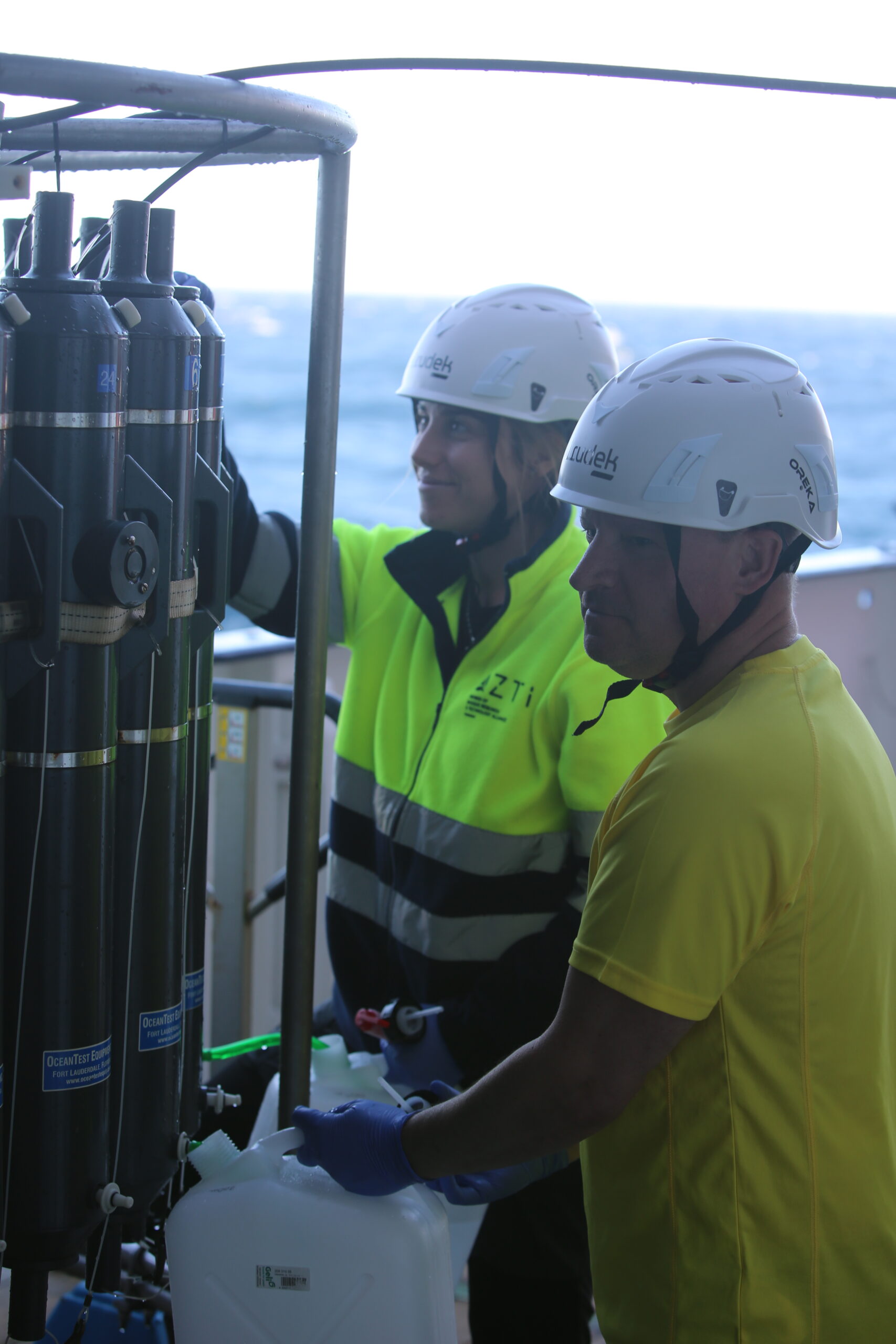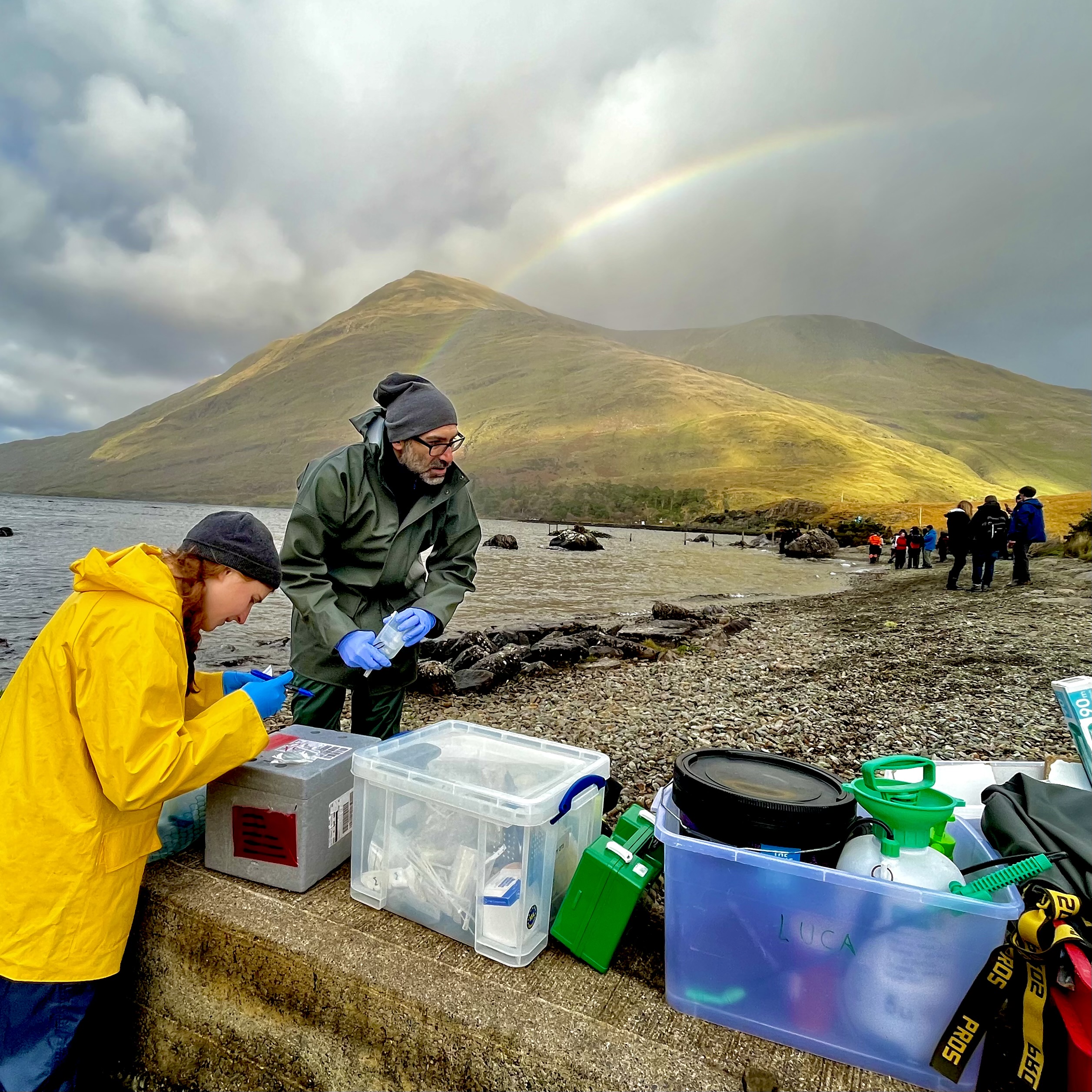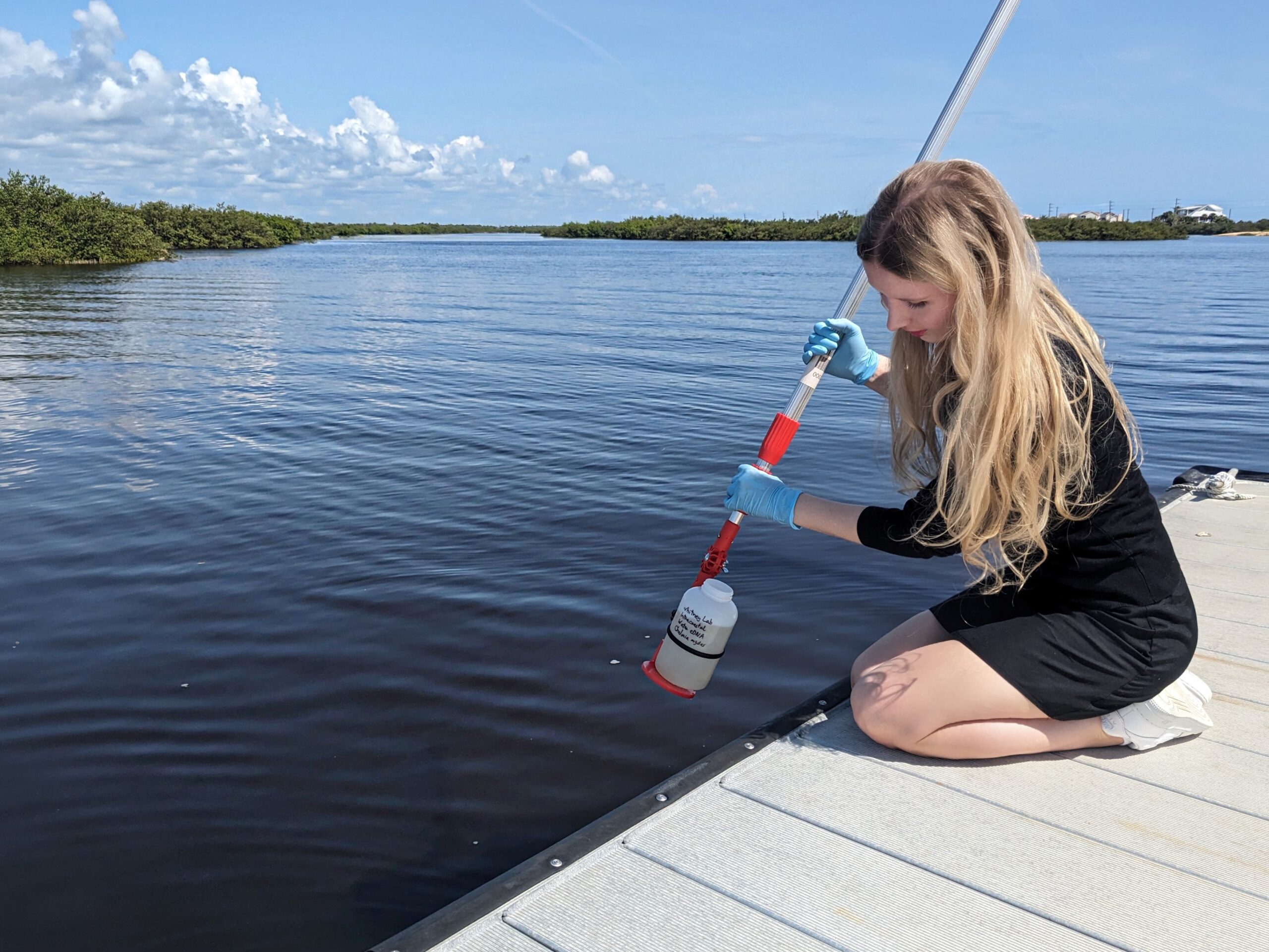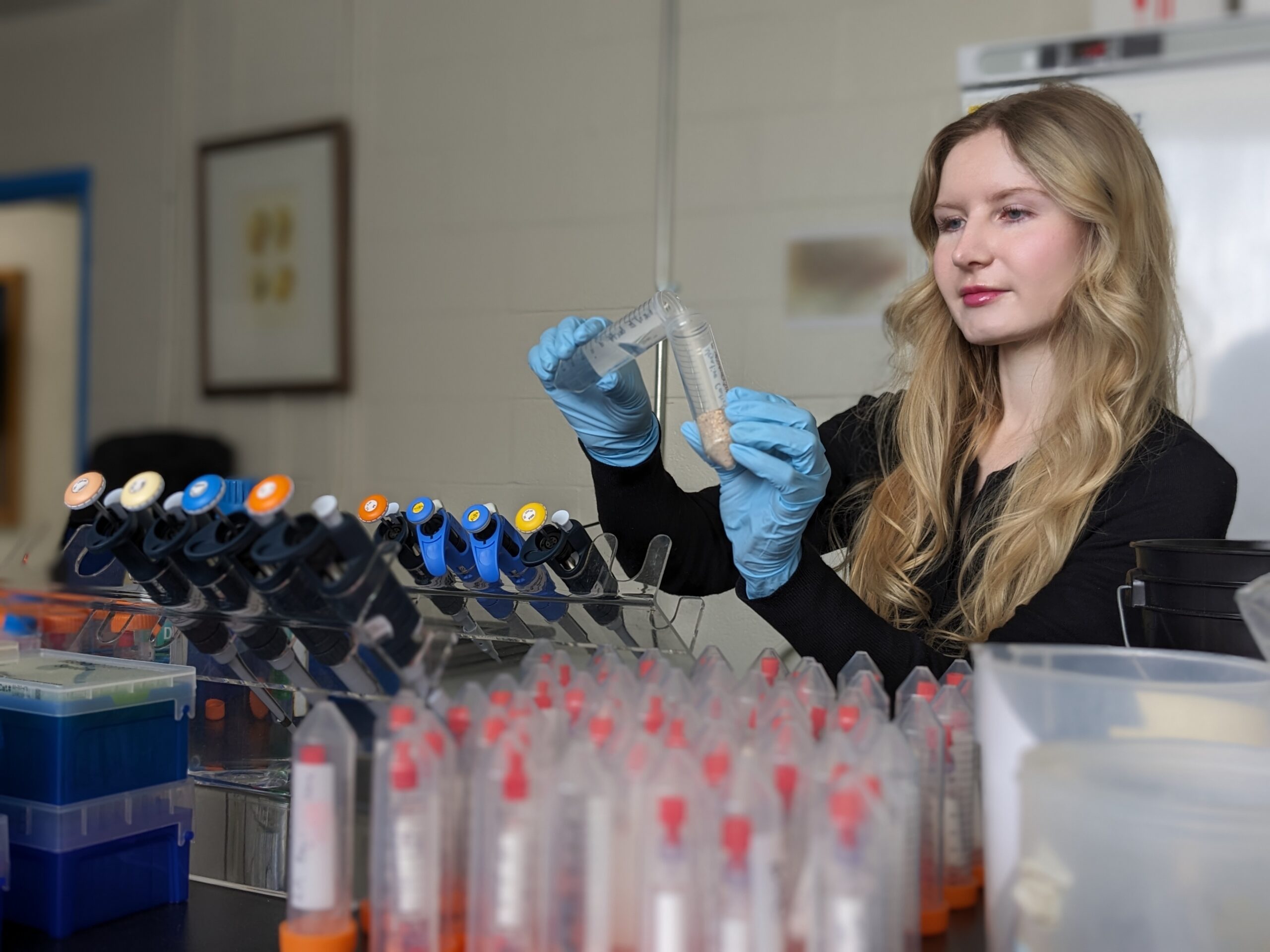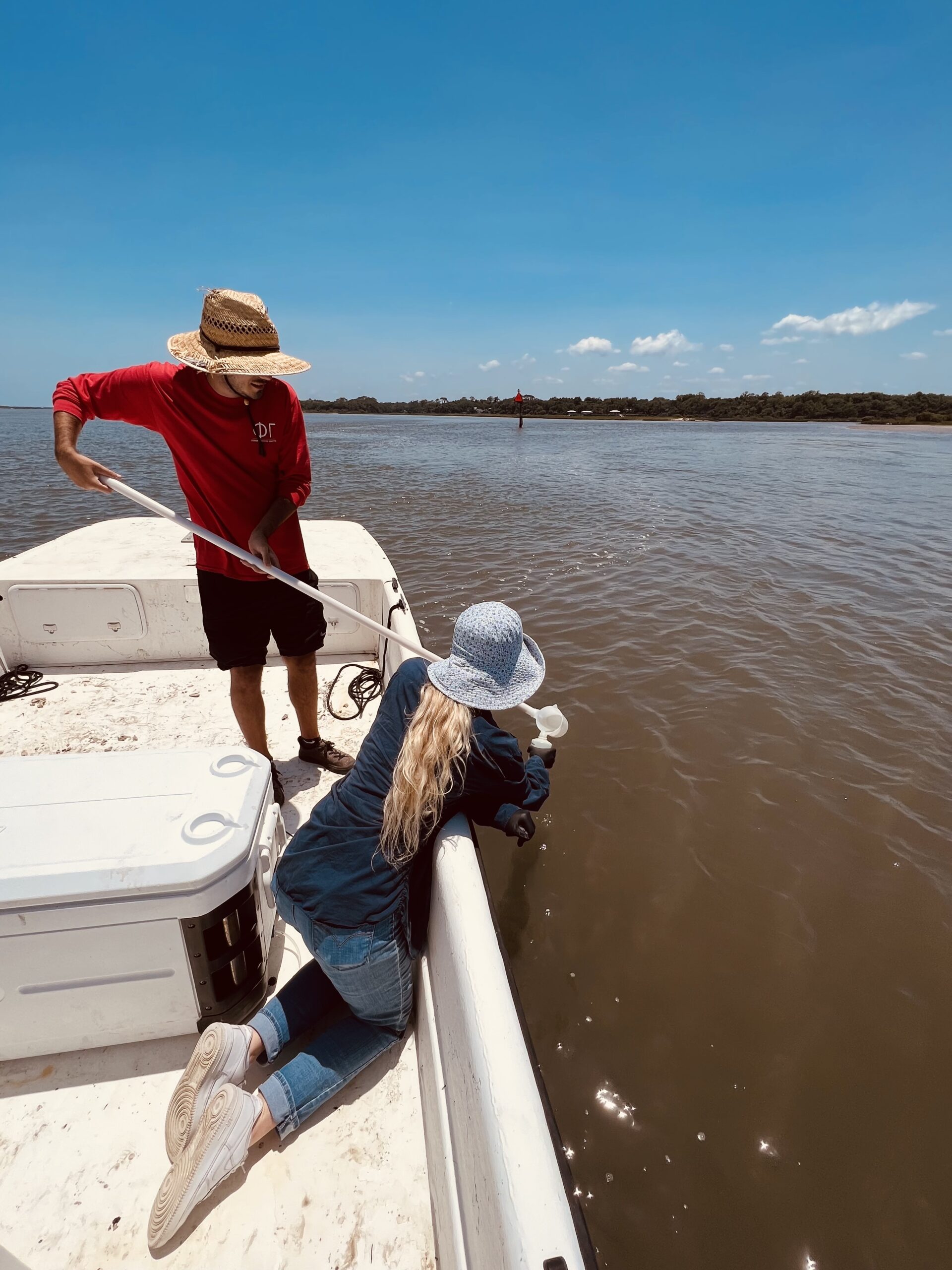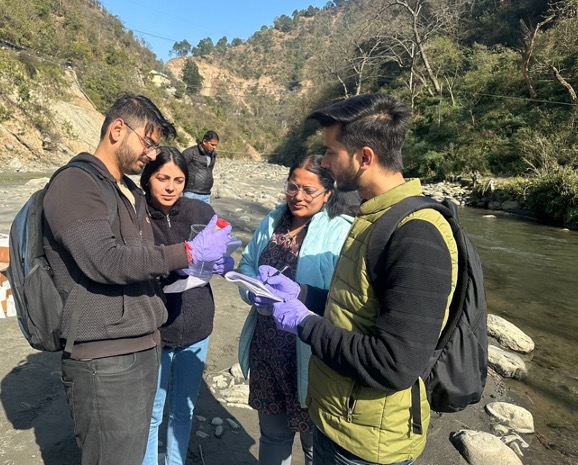The eDNA Collaborative:
Bringing eDNA Researchers Together
The eDNA Collaborative aims to disseminate, accelerate and reinforce science that brings environmental DNA (eDNA) analysis and techniques out of the lab and into routine practice around the world.
Global eDNA Networking Map
Explore our map to find other researchers, institutions, and industry to help network and inspire!
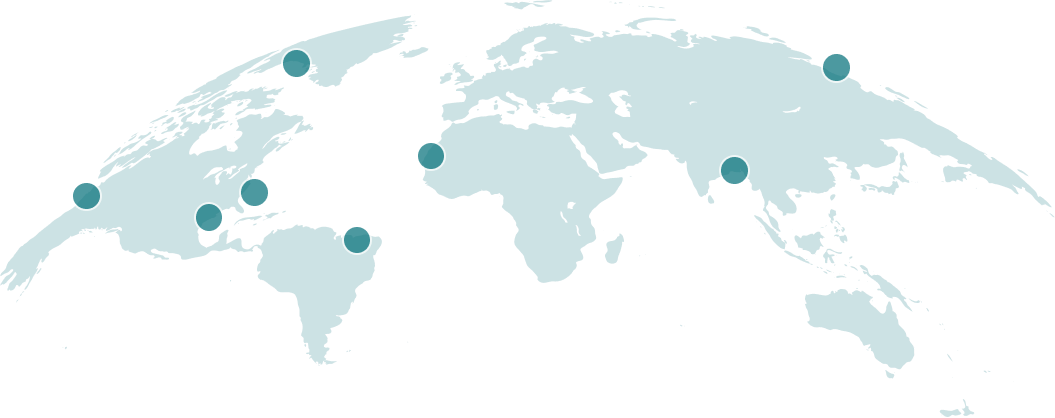
Our Latest Blog Posts
Share your work!
If you’d like to contribute a blog post, please contact us!
Announcements
eDNA Research Around the World
Khairul Syahputra, Evi Tahapari, Huria Marnis, Jadmiko Darmawan (left to right) from BRIN (indonesia) filtering water samples and measuring fish morphology from the Batanghari River, Jambi Province, Indonesia
~ Photo credit: Huria Marnis, National Research and Innovation Agency of Republic of Indonesia (BRIN)
Nenik Kholilah, from Diponegoro Marine Biodiversity Laboratory, Universitas Diponegoro (Indonesia) taking a one liter seawater sample at the 5-10 meter depth using sampling pouch in Karimunjawa National Park, Central Java, Indonesia
~ Photo credit: M. Danie Al Malik from Fisheries and Marine Science Faculty, Universitas Diponegoro (Indonesia)
Eka Maya Kurniasih from Graduate School of Engineering and Science, University of The Ryukyus (Okinawa, Japan) and Muhammad Salauddin Ramadhan Djarod from Seacrest – Seagrass Conservation and Research Center (Indonesia) labeling and placing water samples in a cool box for later processing in Karimunjawa, Central Java, Indonesia
~ Photo credit: Nining Nursalim Diponegoro Marine Biodiversity Laboratory, Universitas Diponegoro (Indonesia)
Students from the Biology and Marine Science Departments, Universitas Diponegoro (Indonesia) filtering seawater using the gravity method after collecting samples from the sea in Karimunjawa, Central Java, Indonesia
~ Photo credit: Eka Maya Kurniasih from Graduate School of Engineering and Science, University of The Ryukyus (Okinawa, Japan)
Ricardo Iván Cruz Cano and collaborator assessing ecosystemic integrity in many freshwater sites from México including Magdalena River in Mexico City; Calakmul in Campeche; Río Hondo in Quintana Roo; and Cuautla in Morelos
~ Photo by Alejandro Aldama Cervantes (Universidad Nacional Autónoma de México)
About Us
After a decade of working to help develop eDNA methods and applications, we created the Collaborative to accelerate eDNA research through ongoing original research and by building a network of practitioners. Our small (but mighty) team sits at the University of Washington in the School of Marine and Environmental Affairs.
